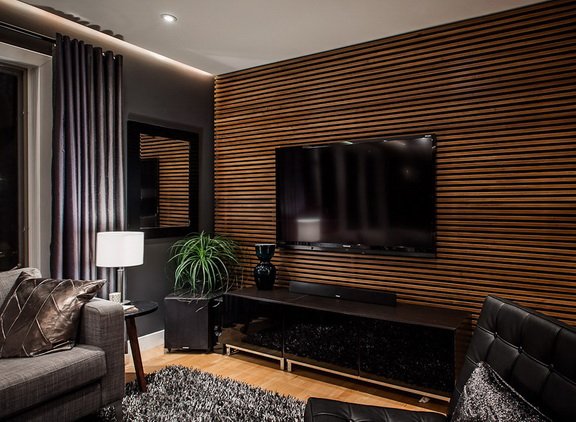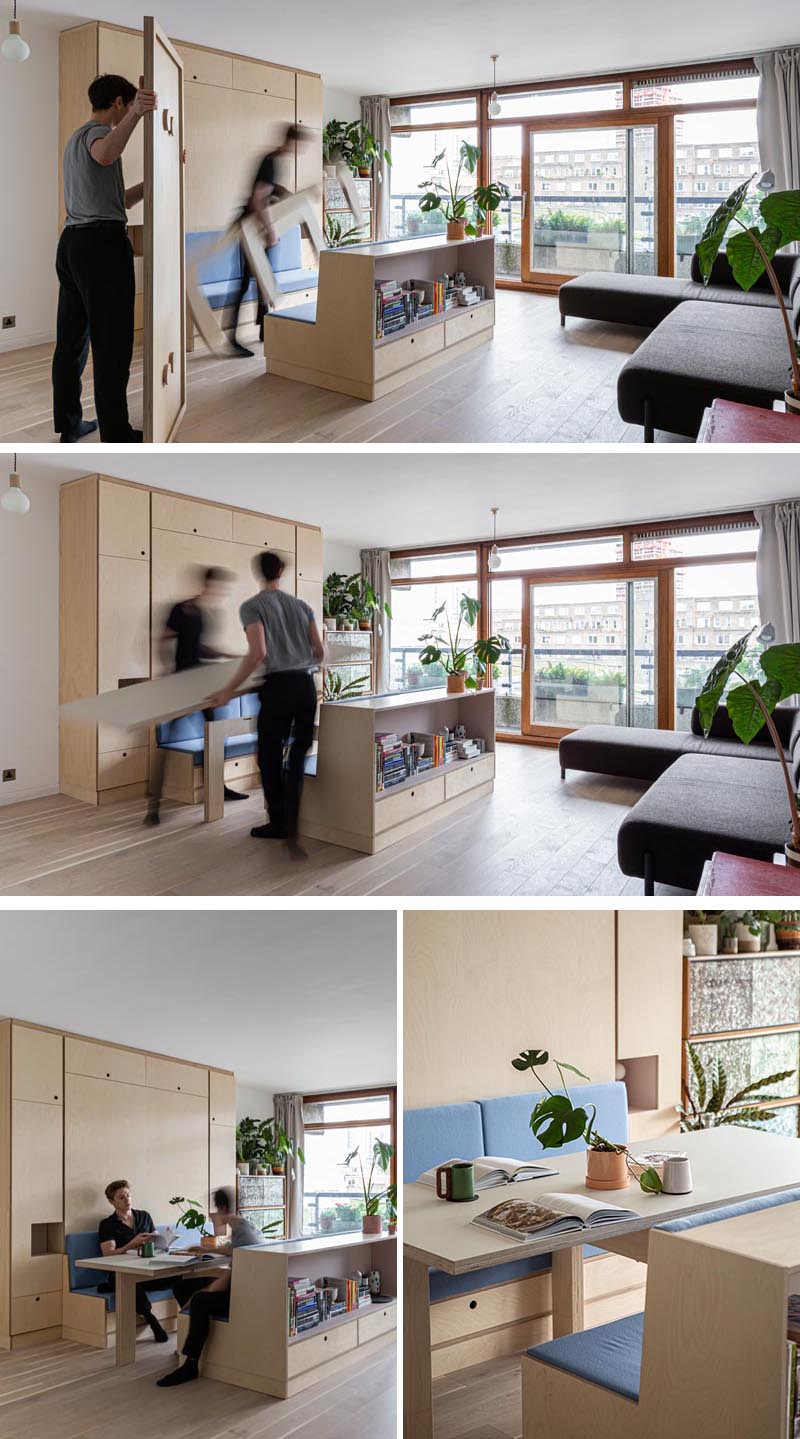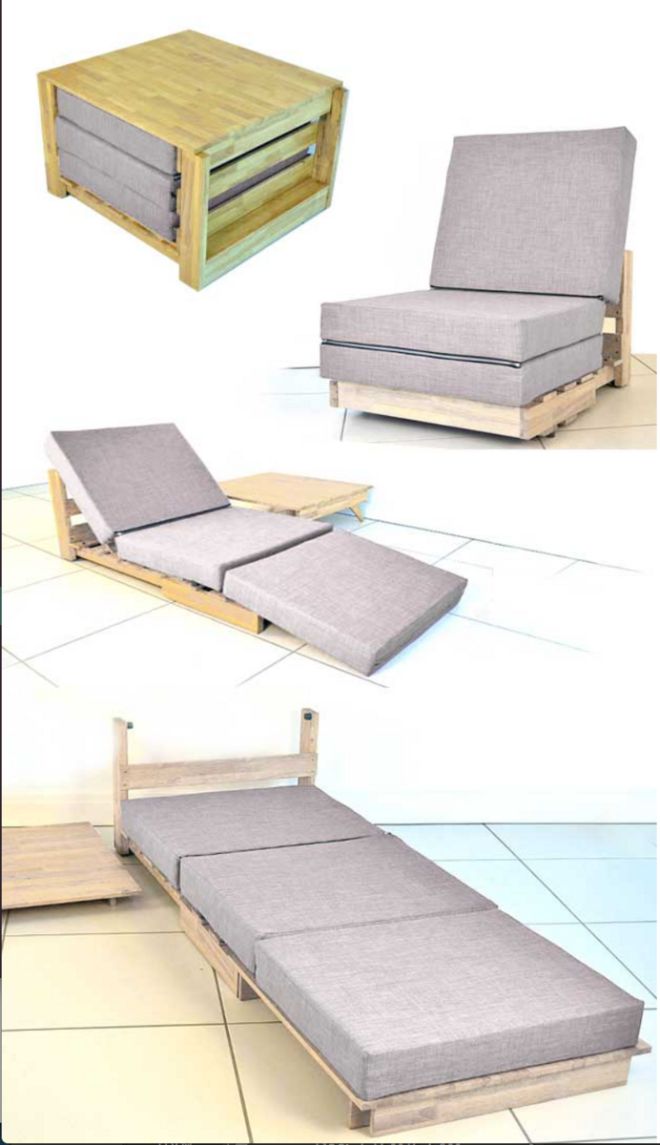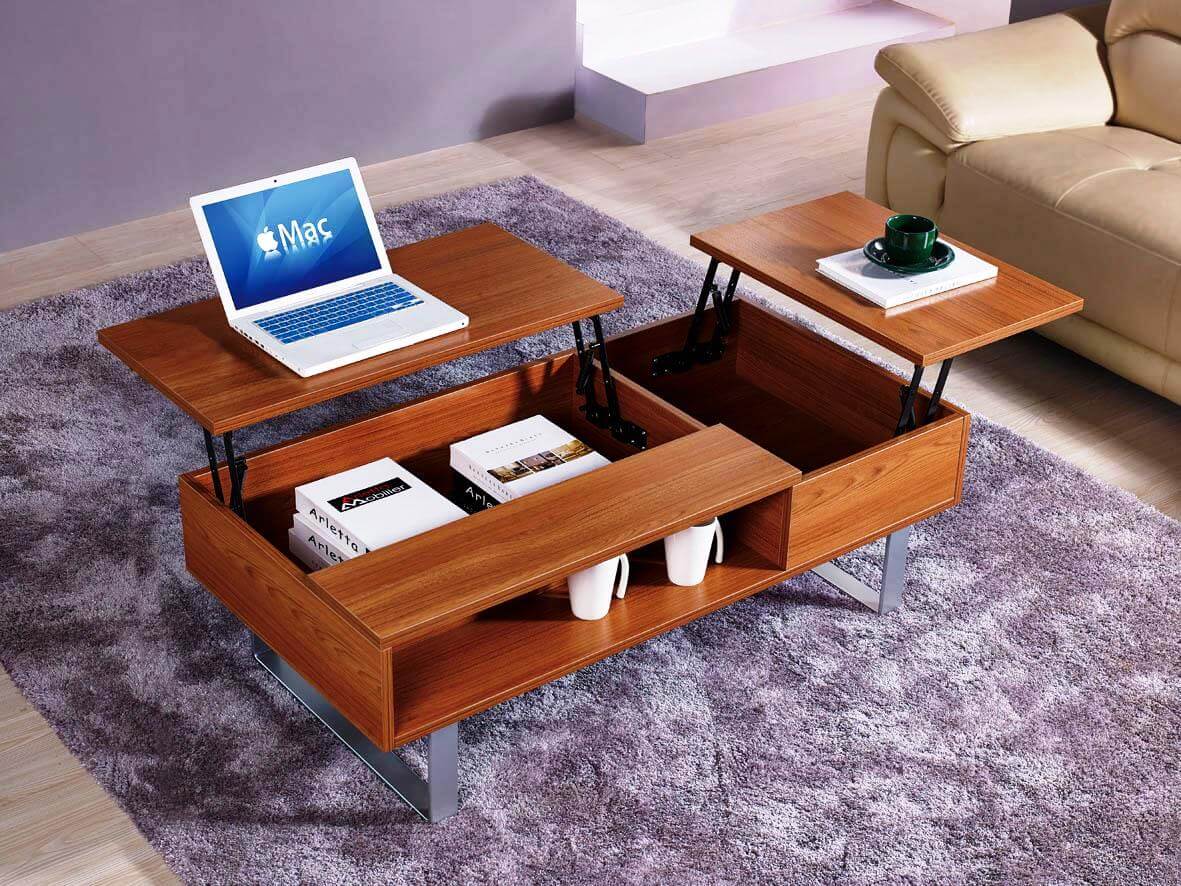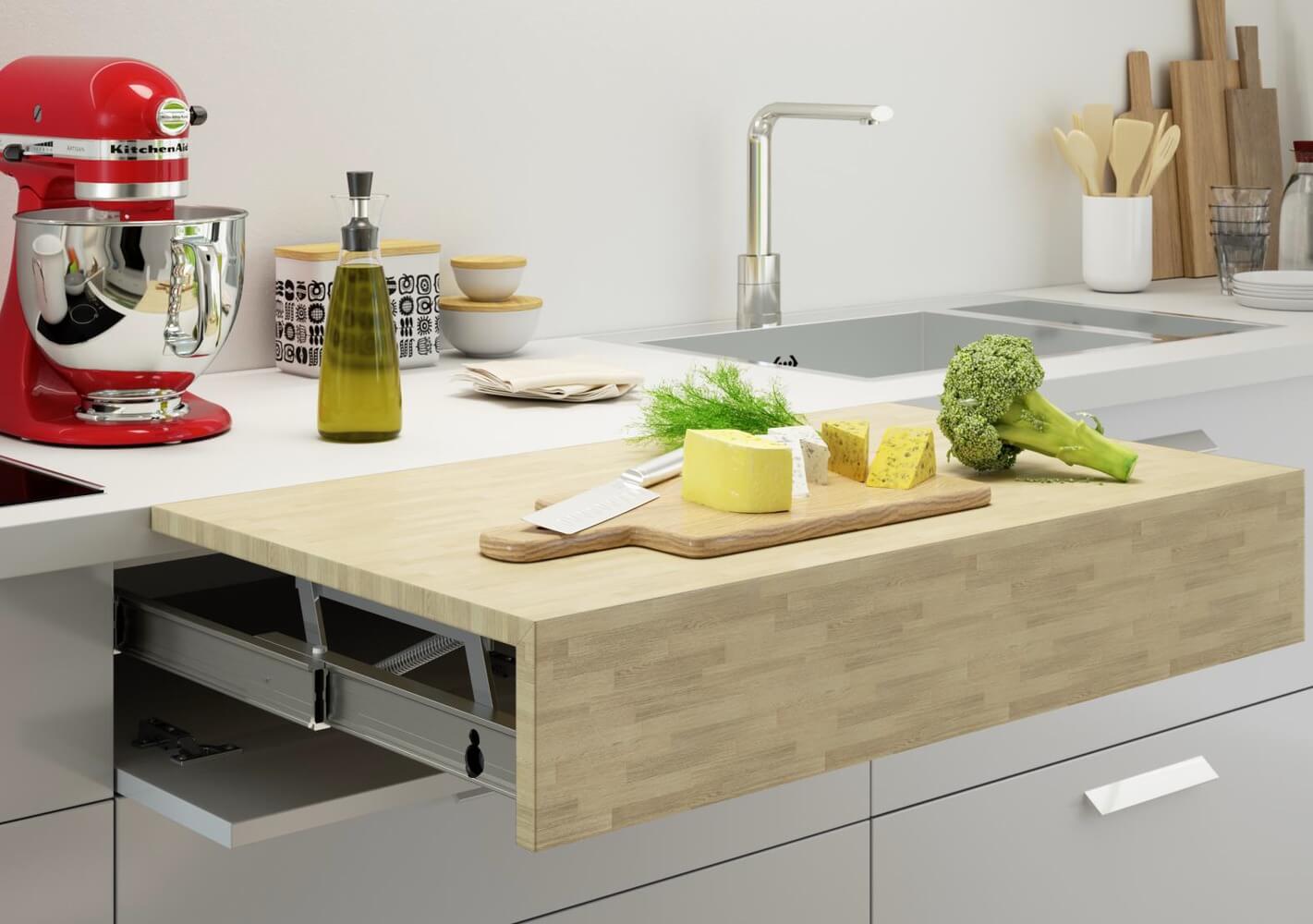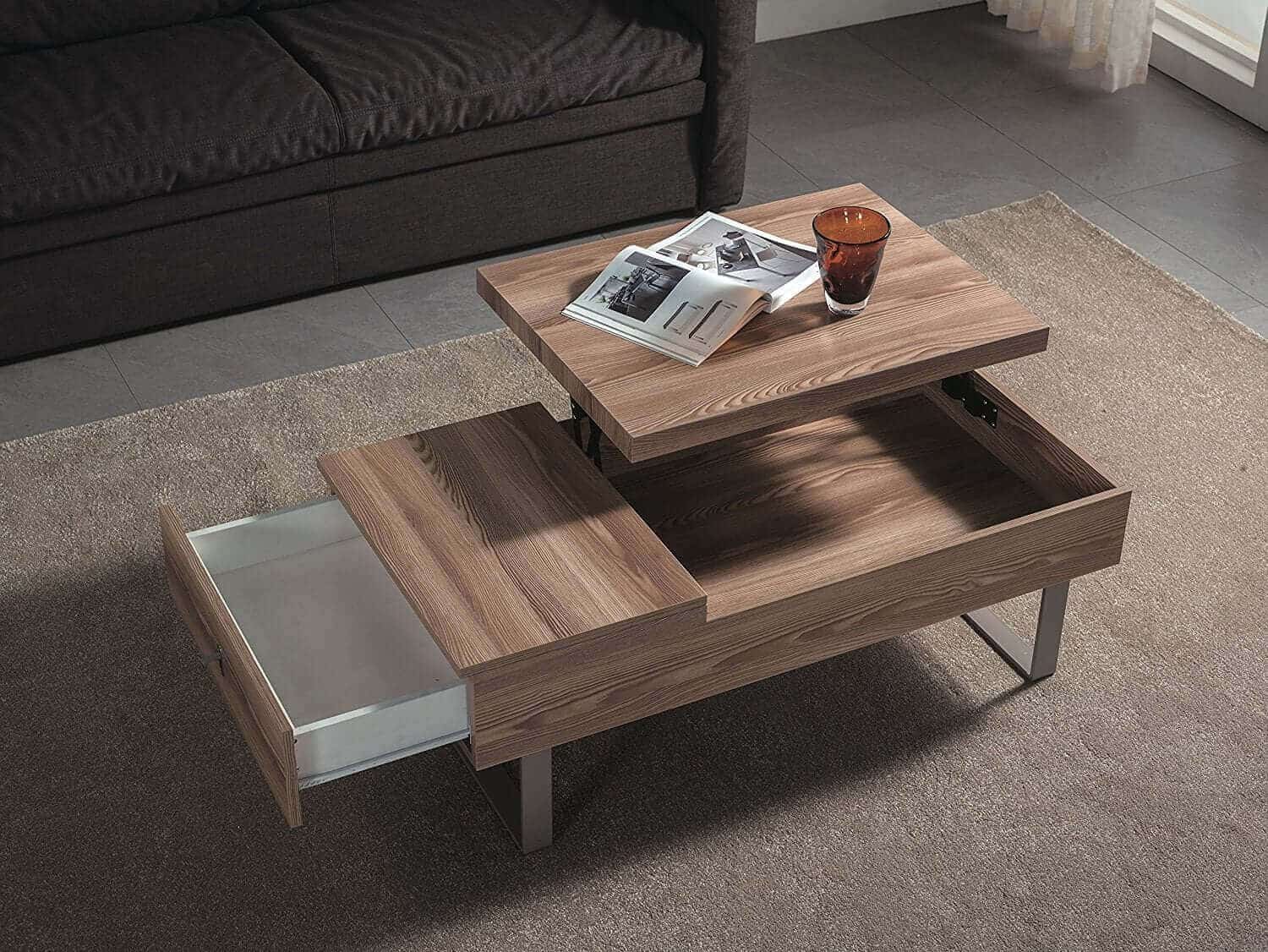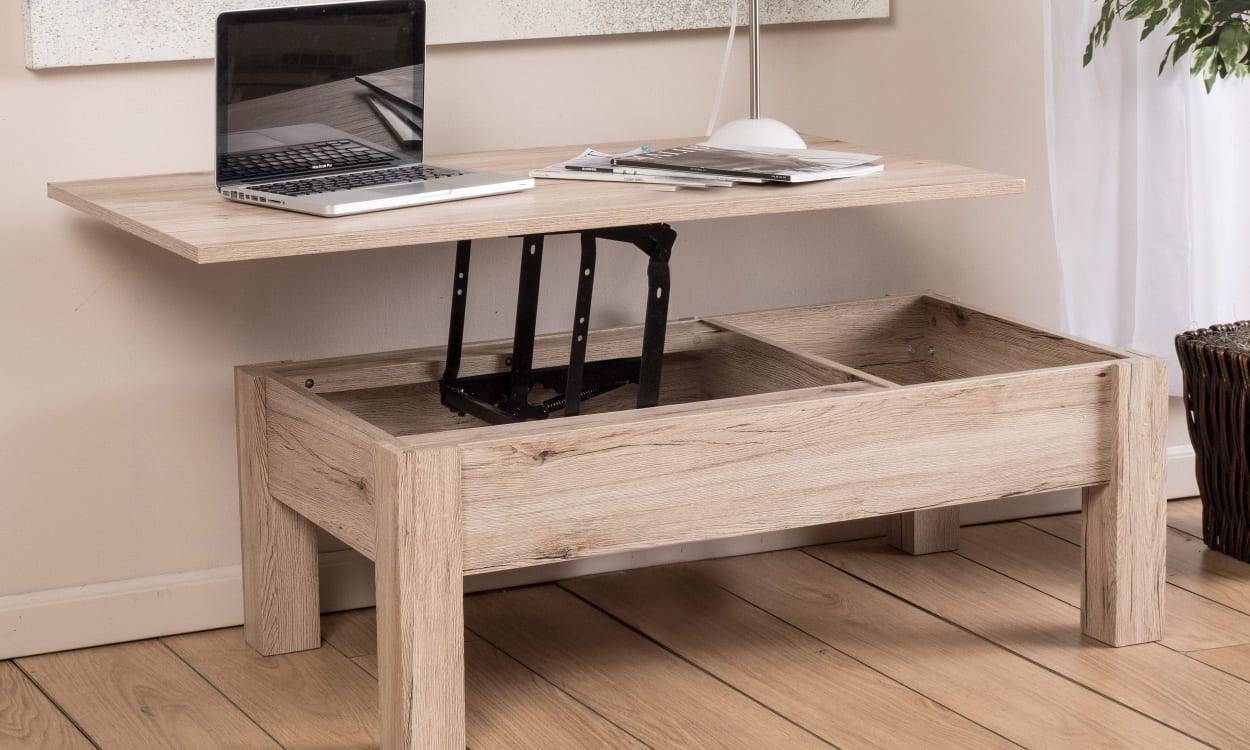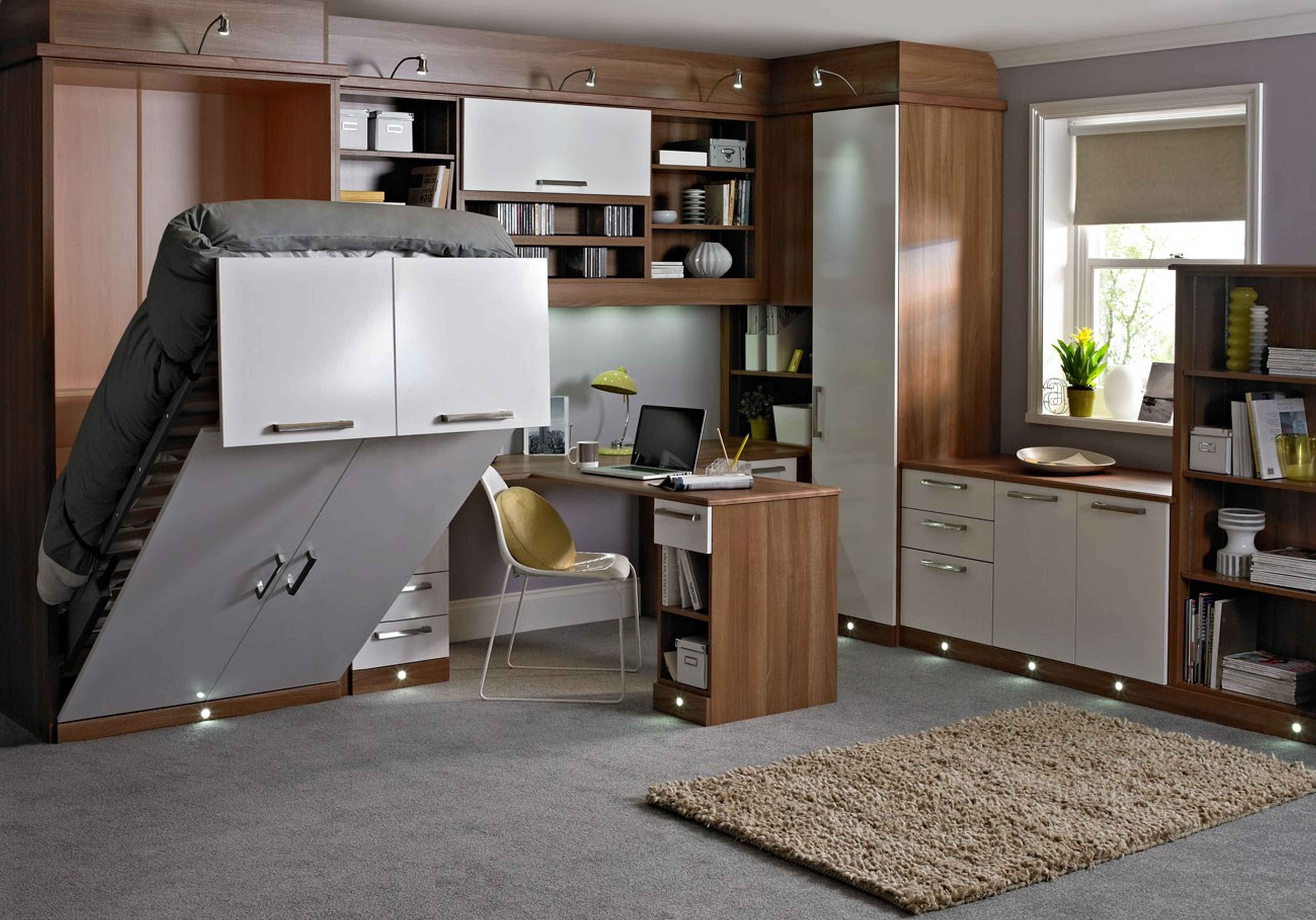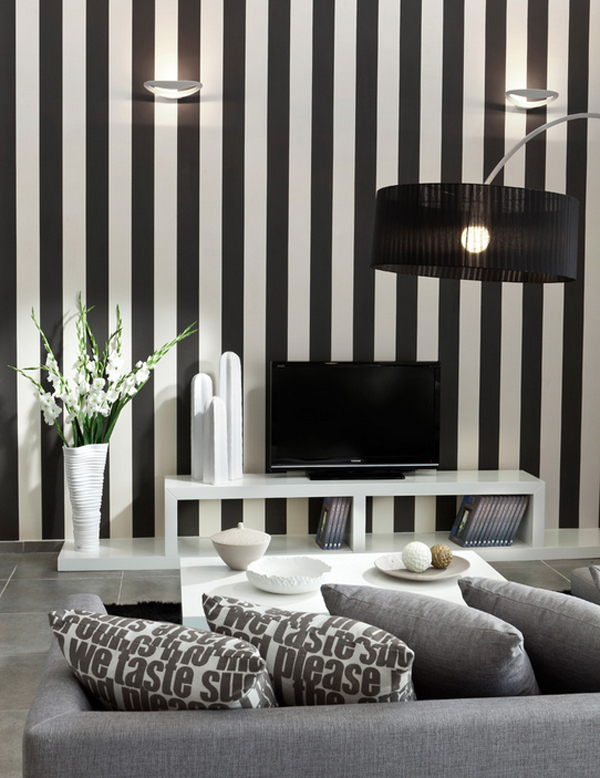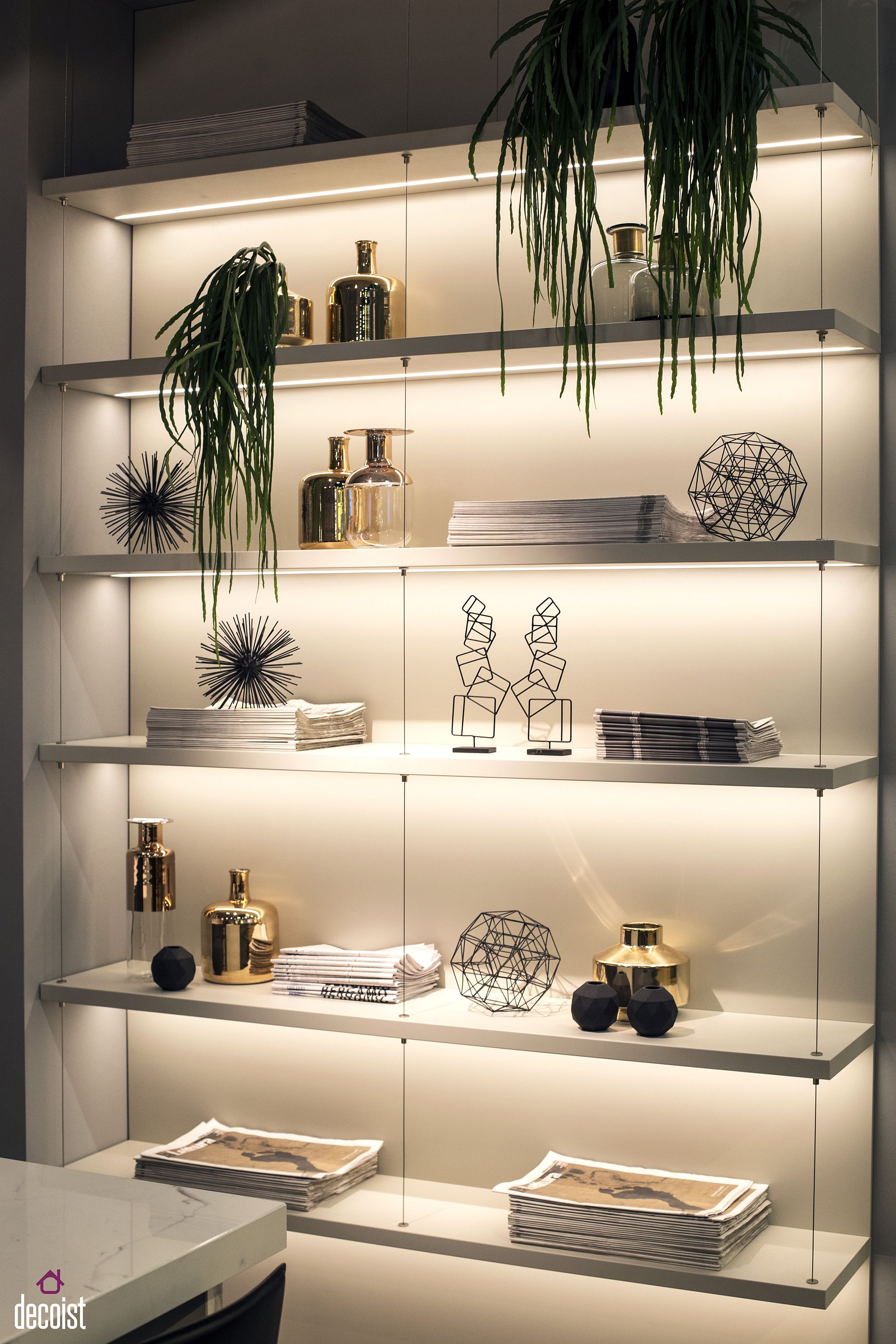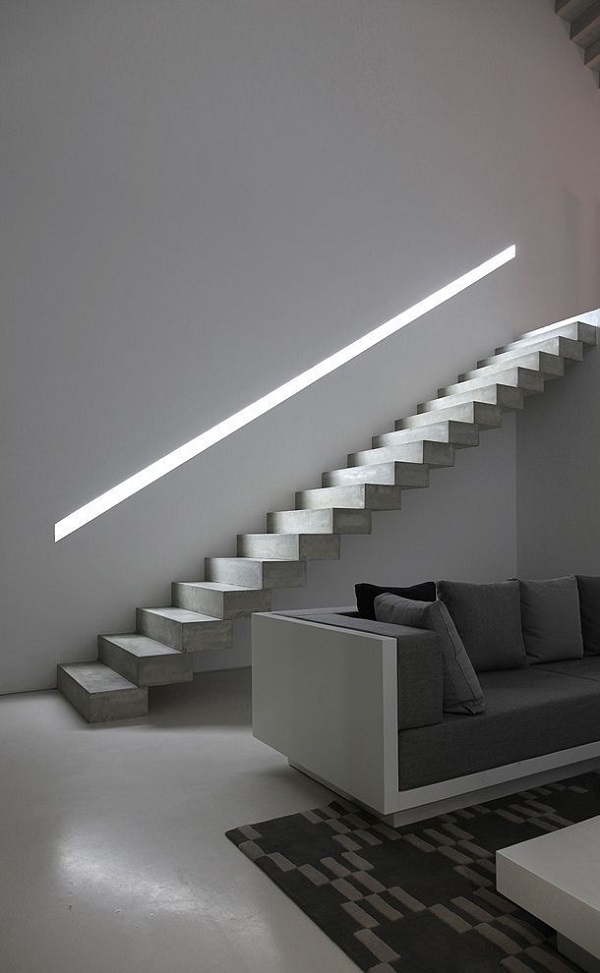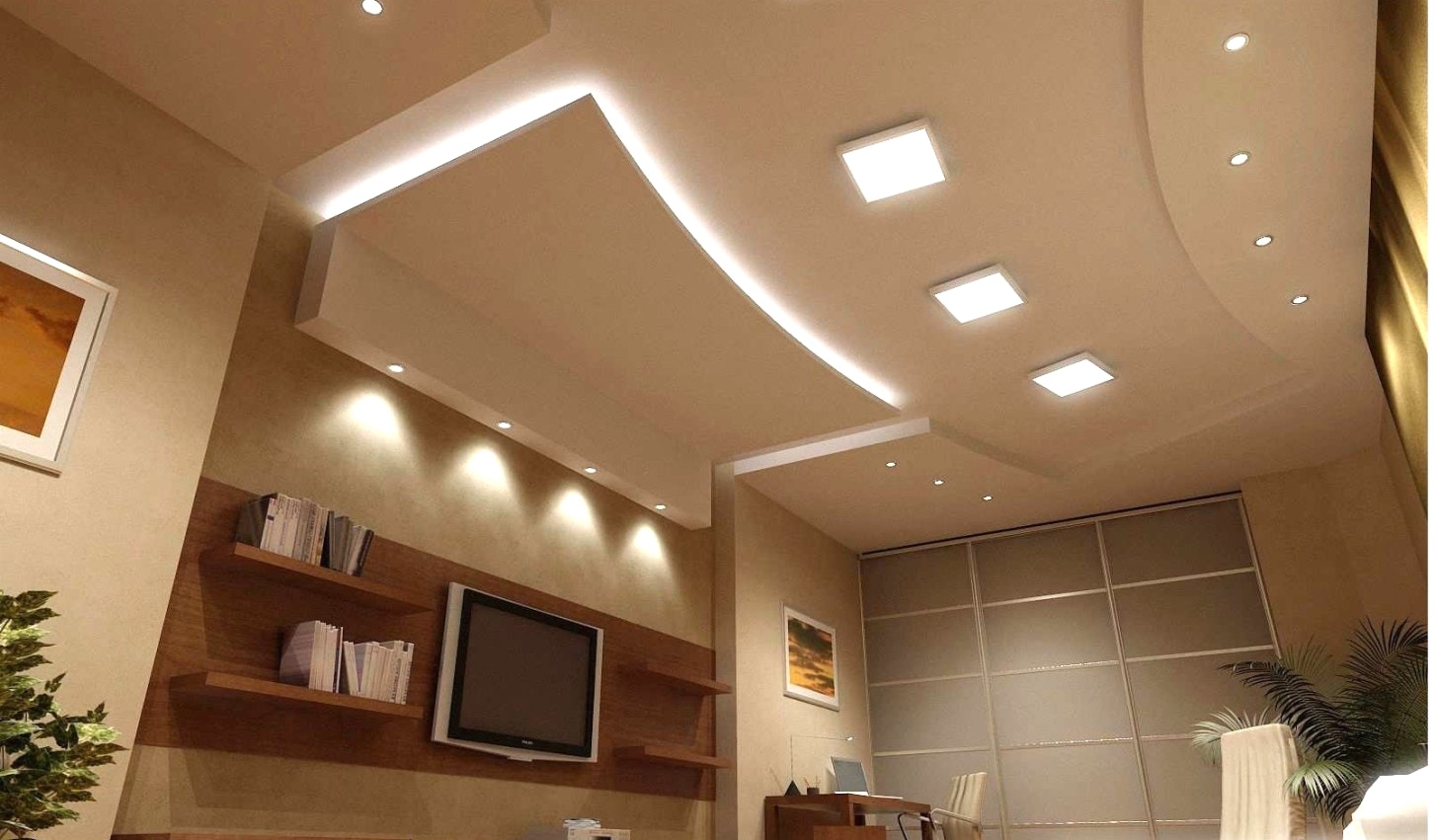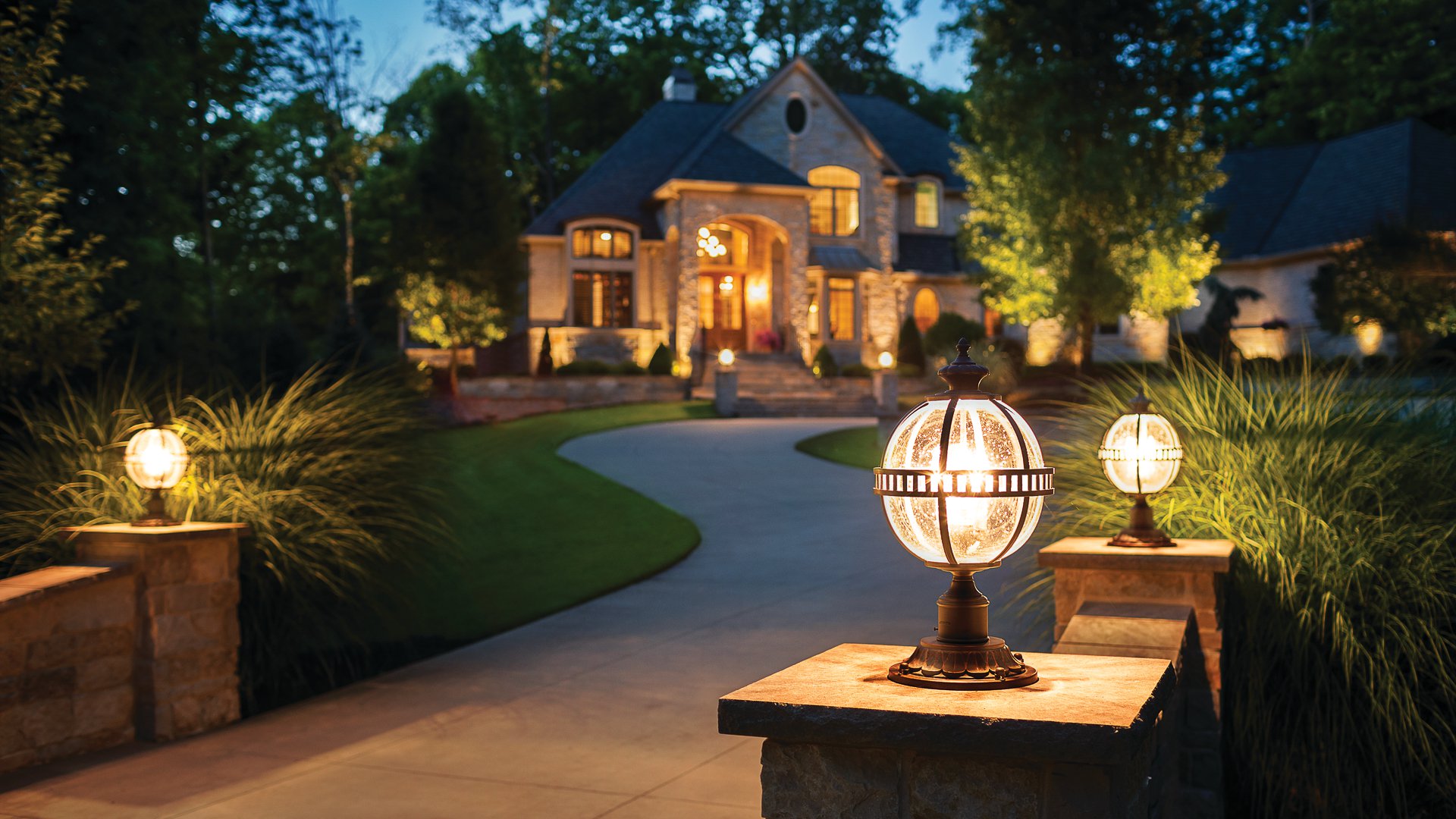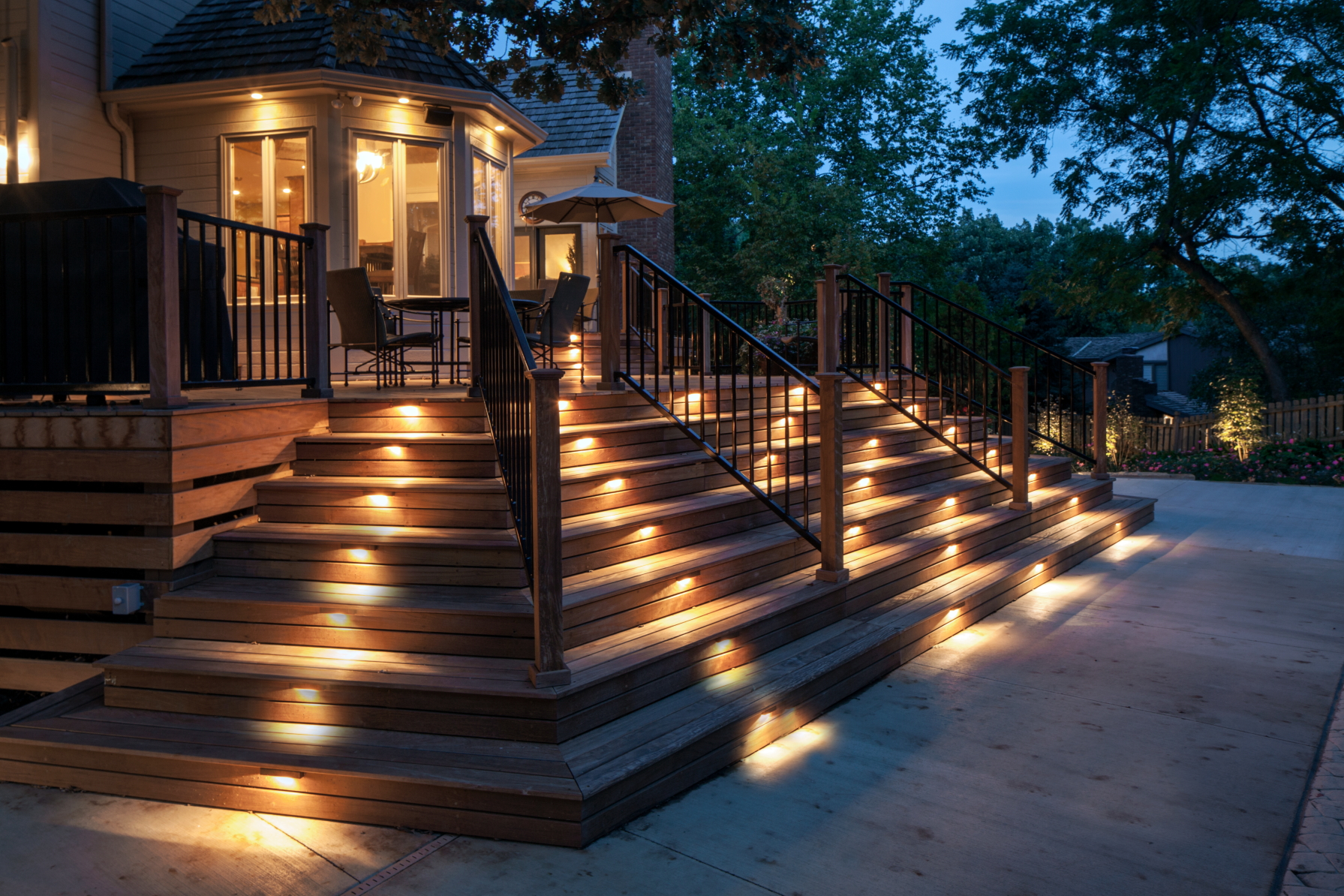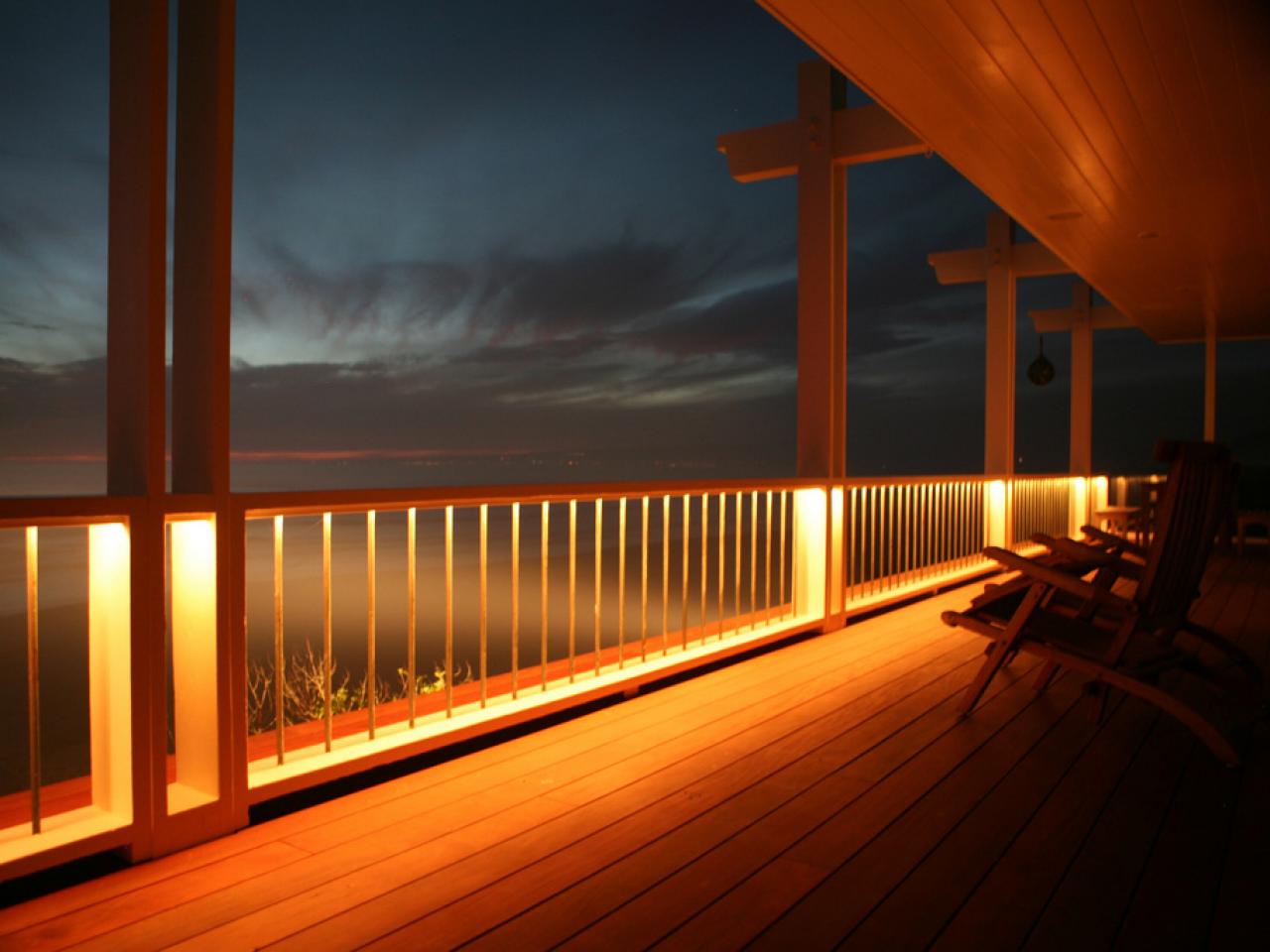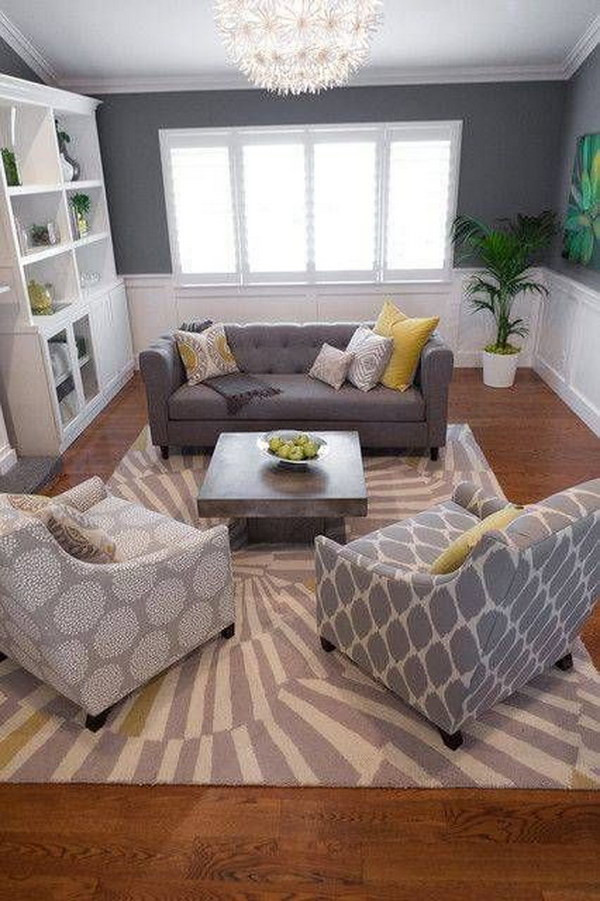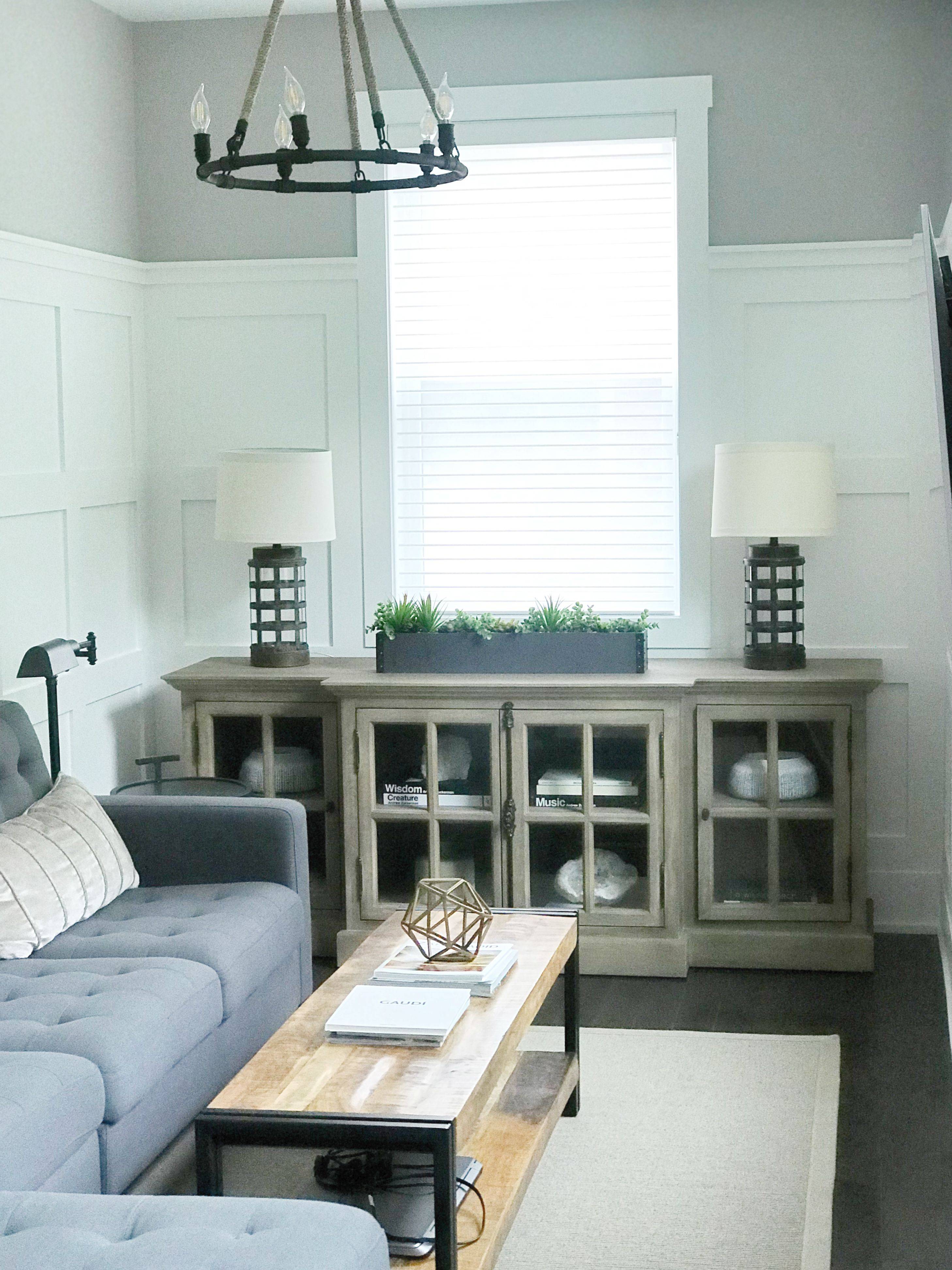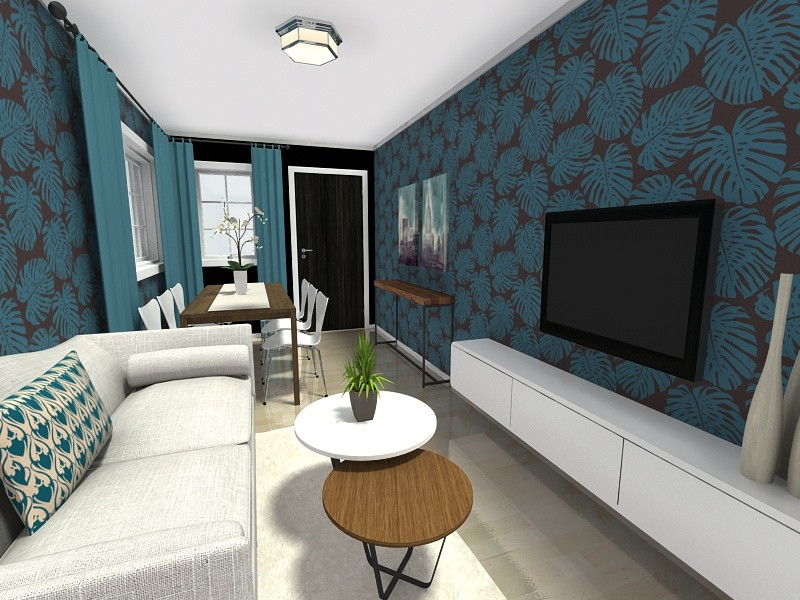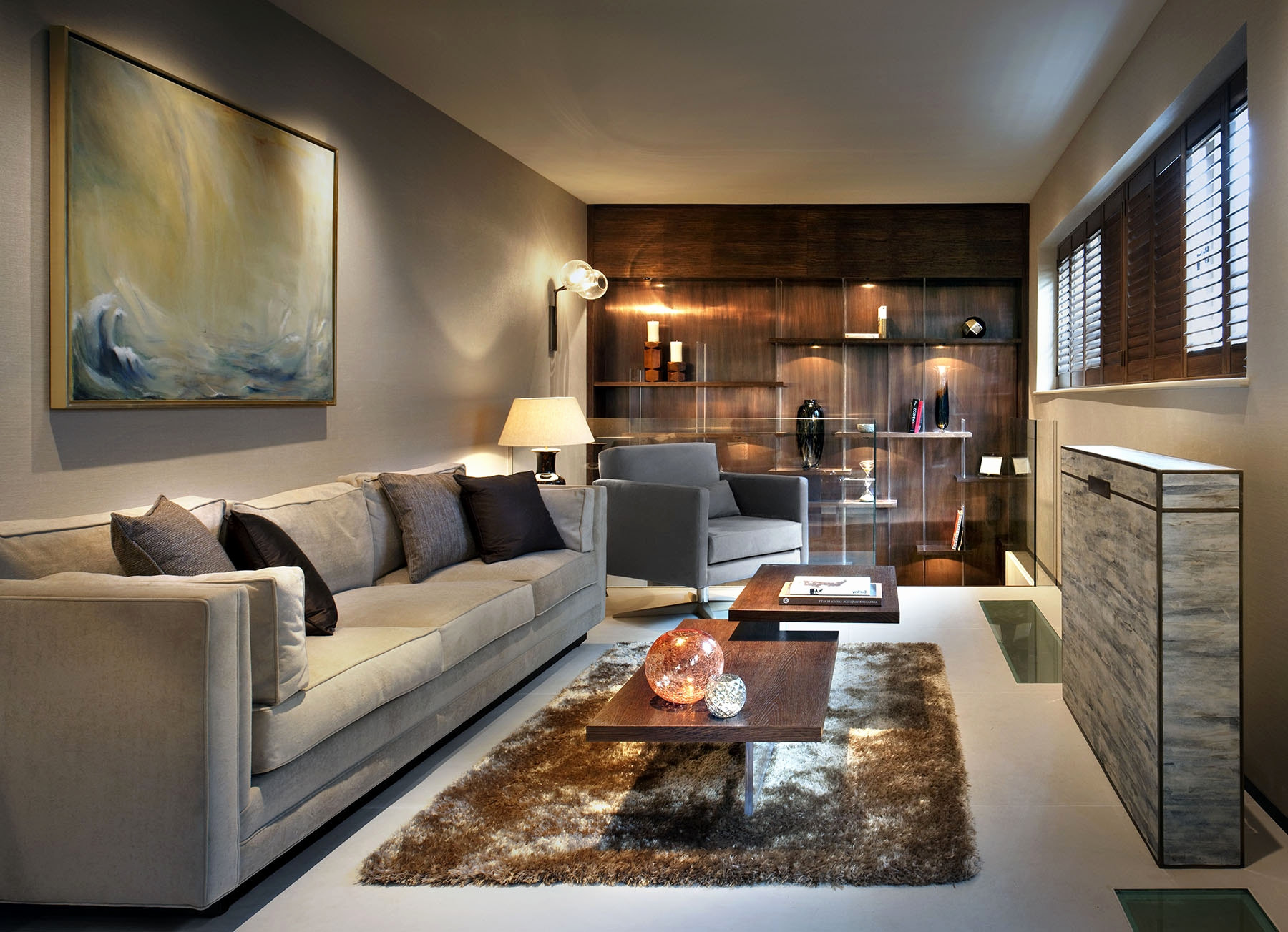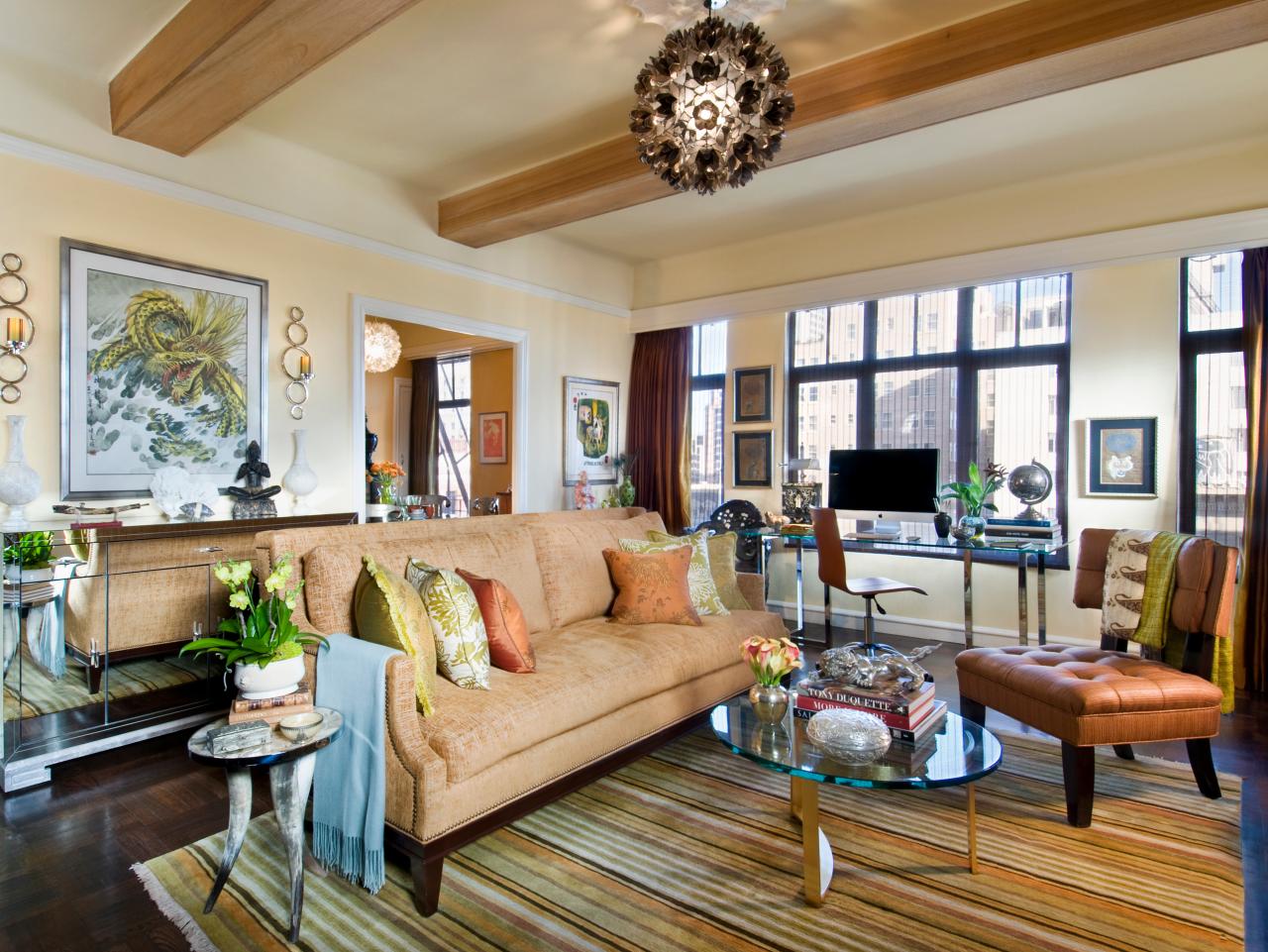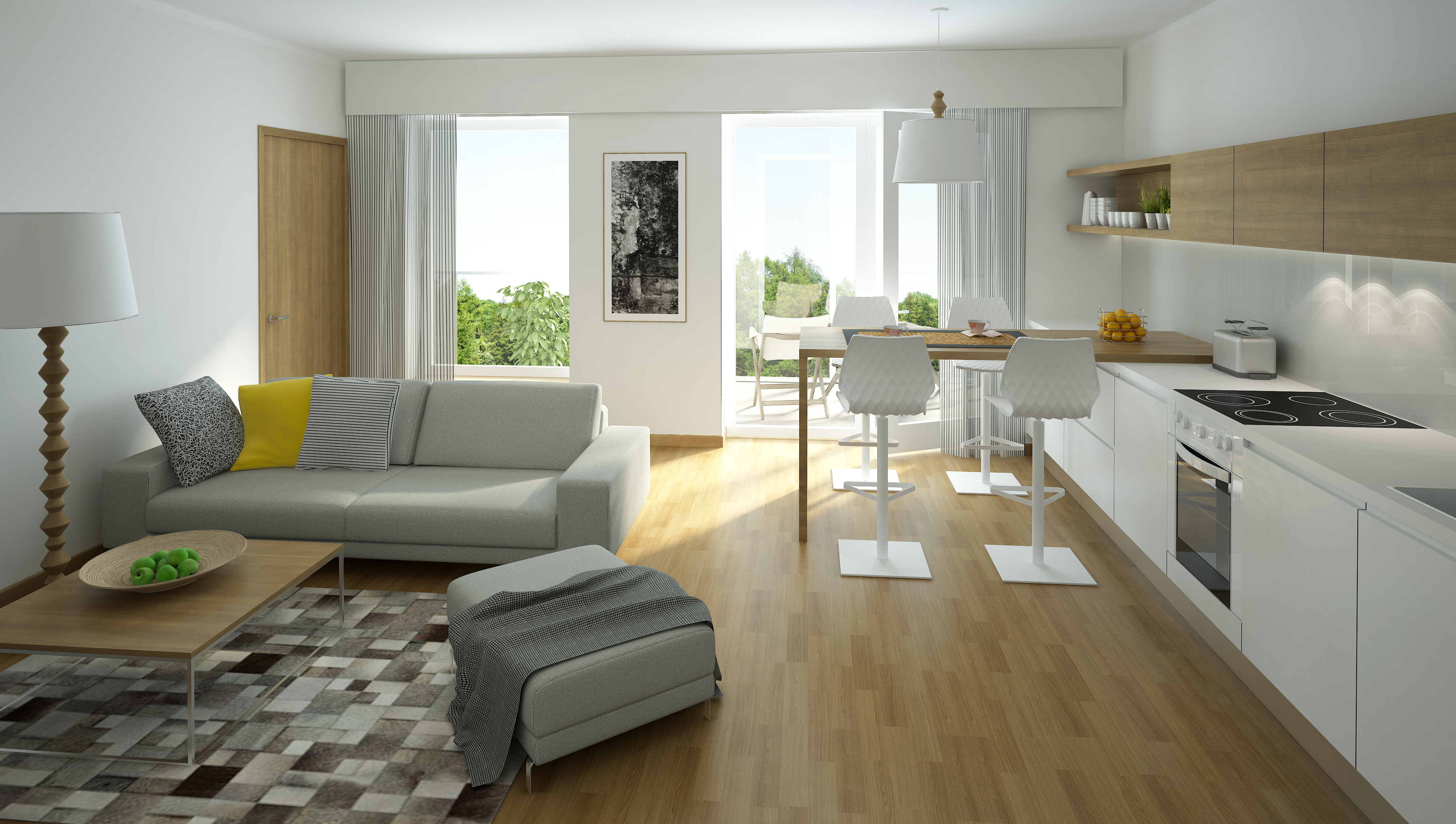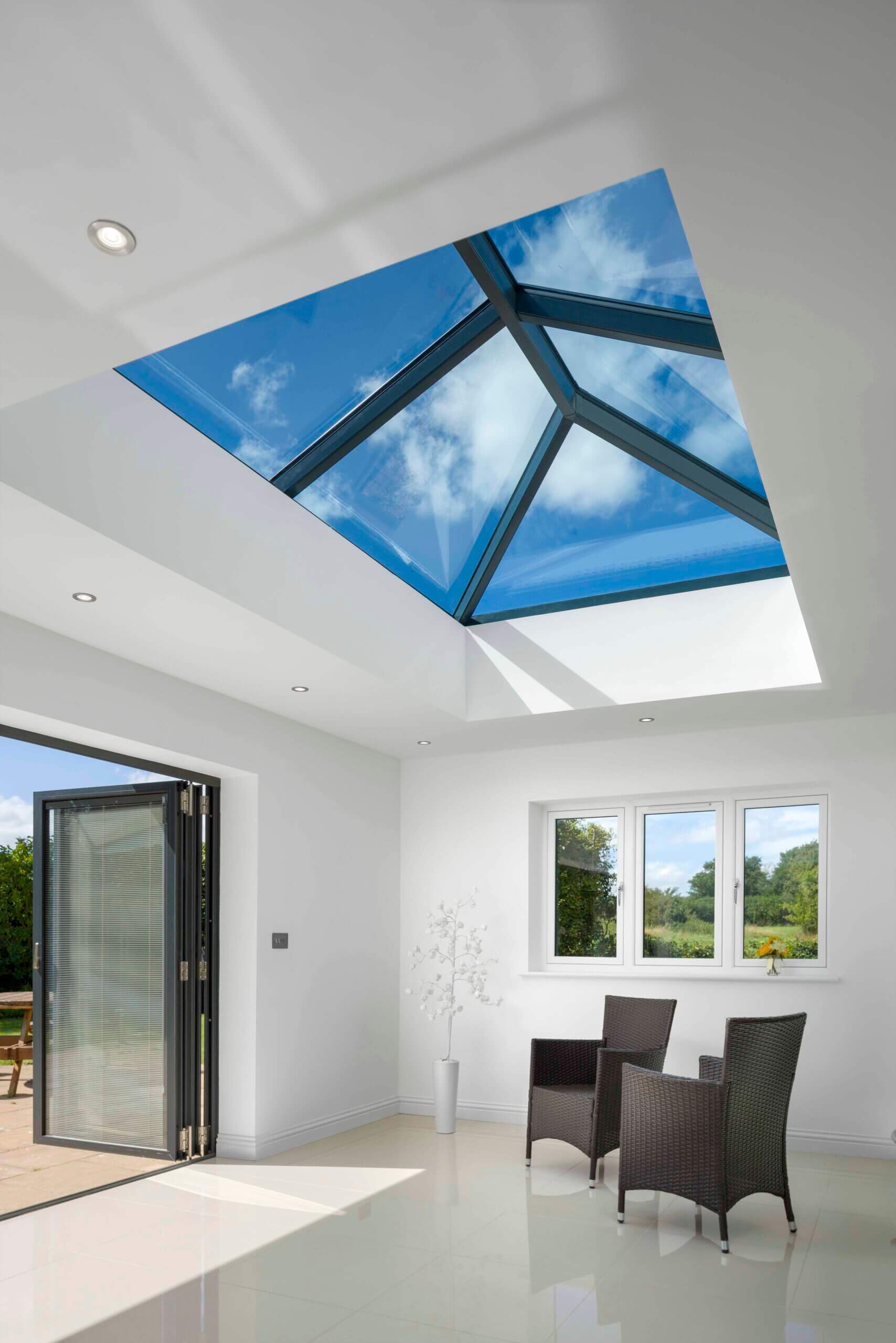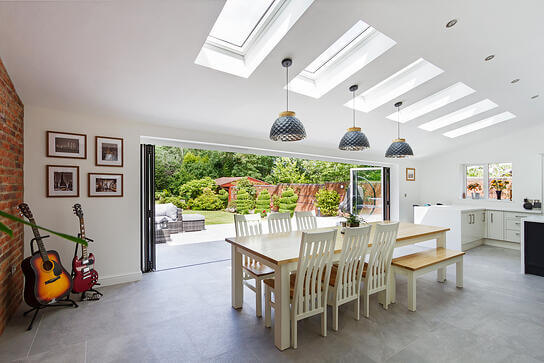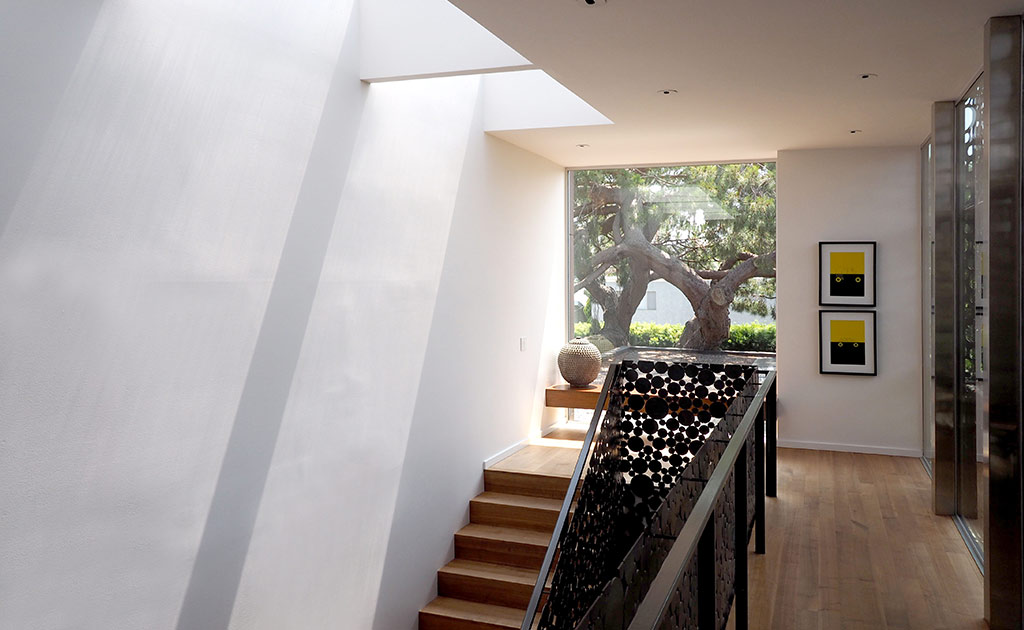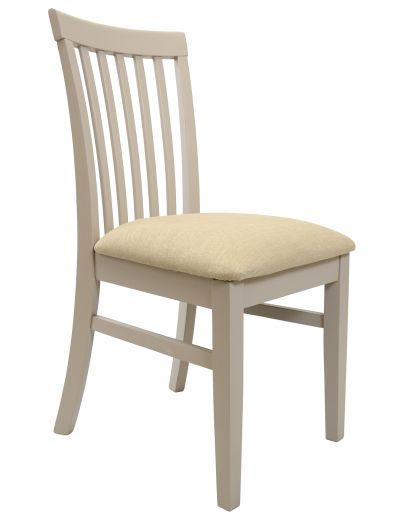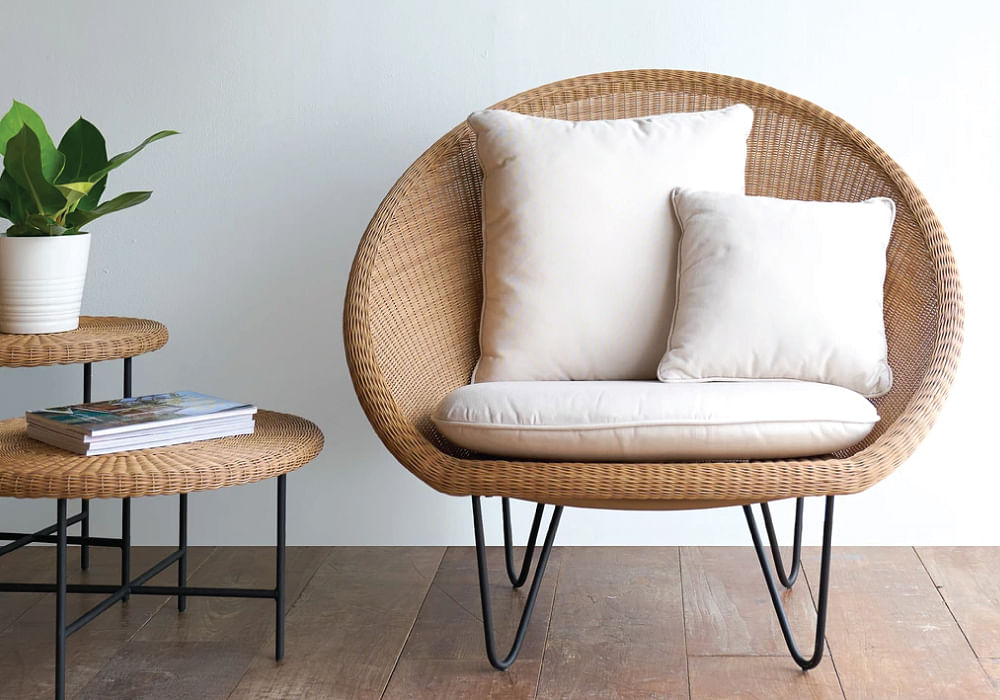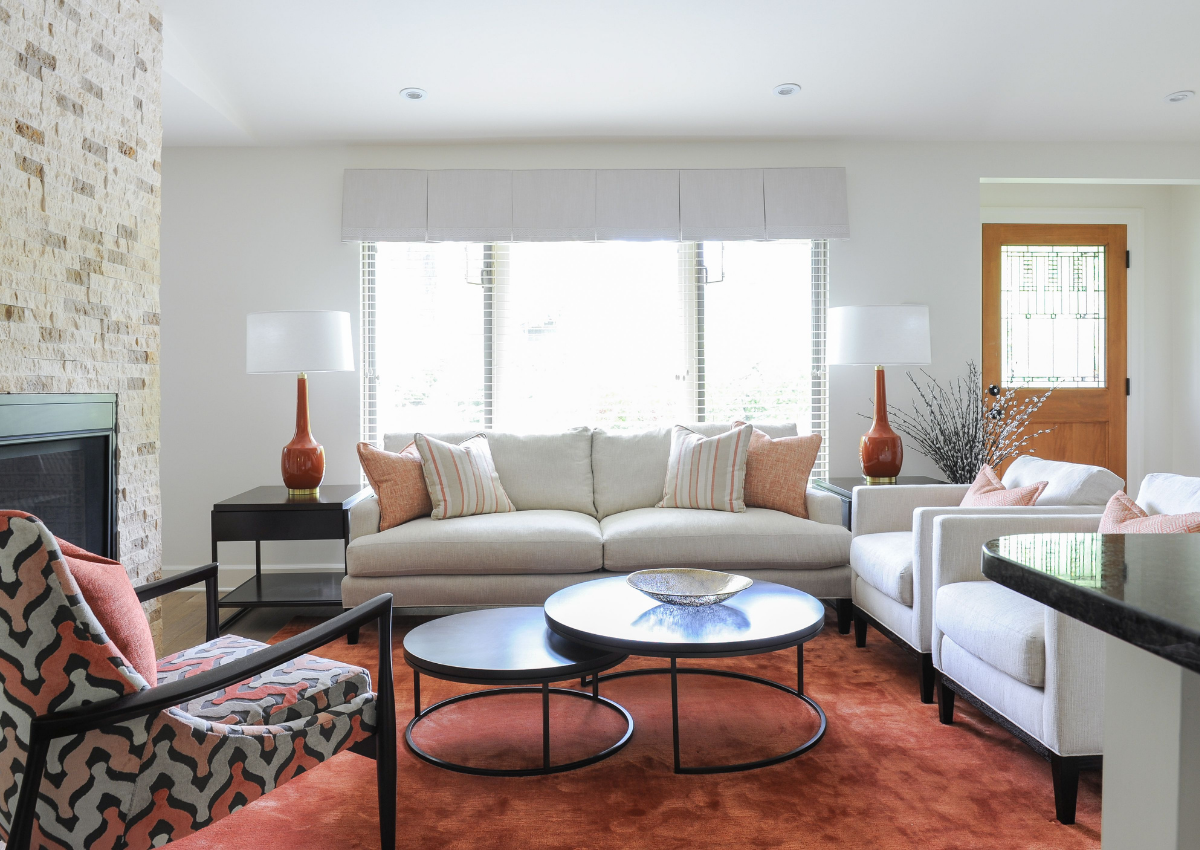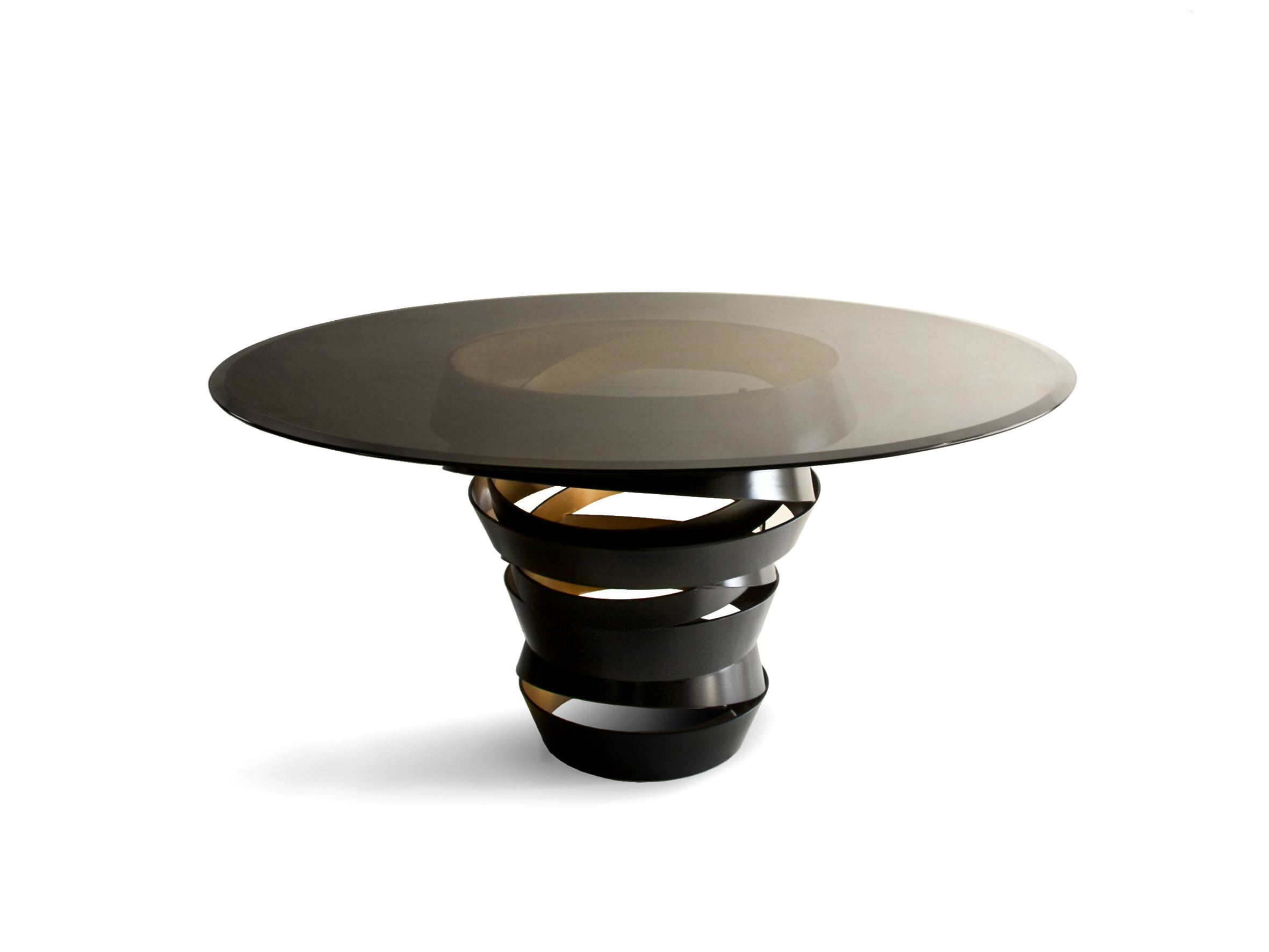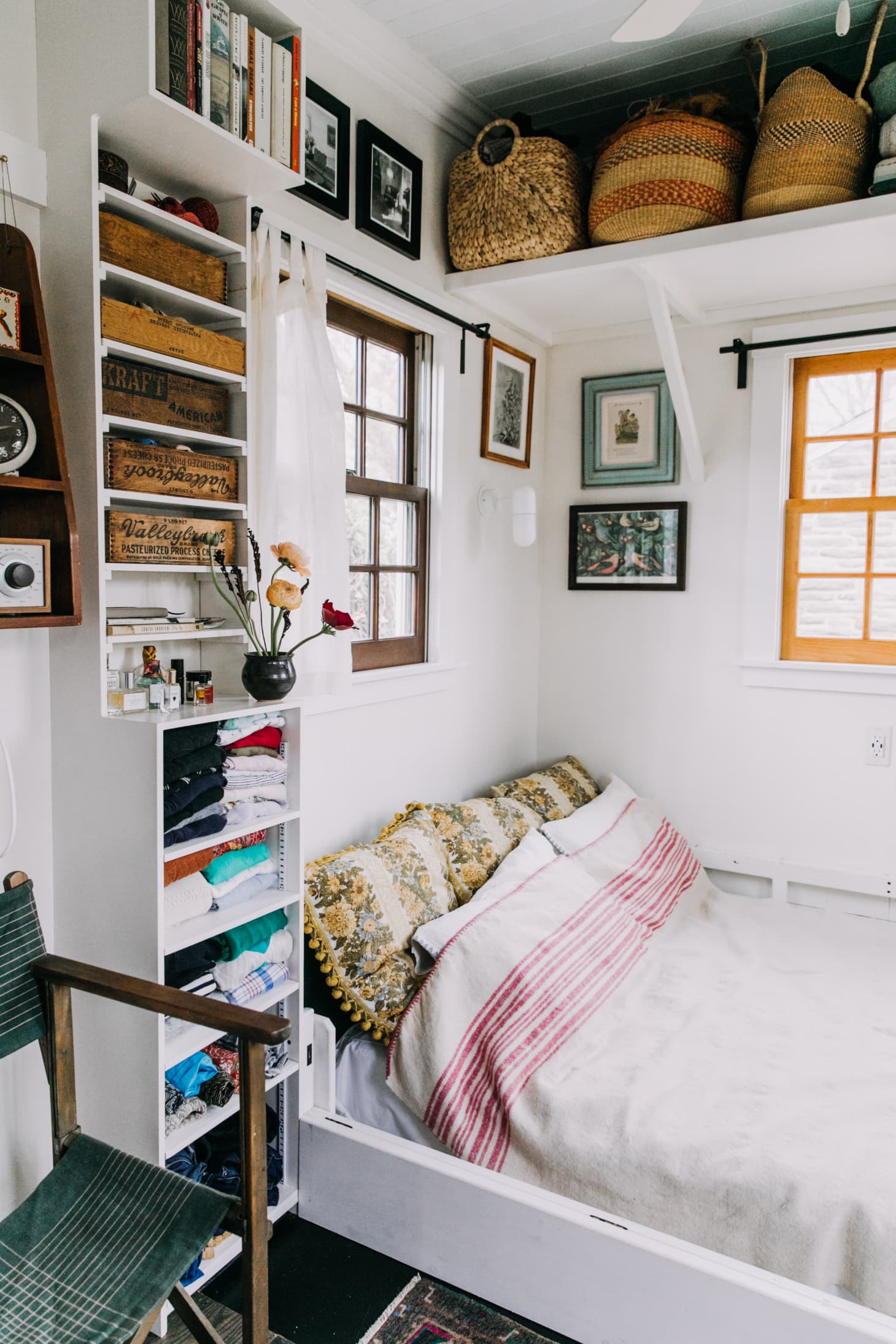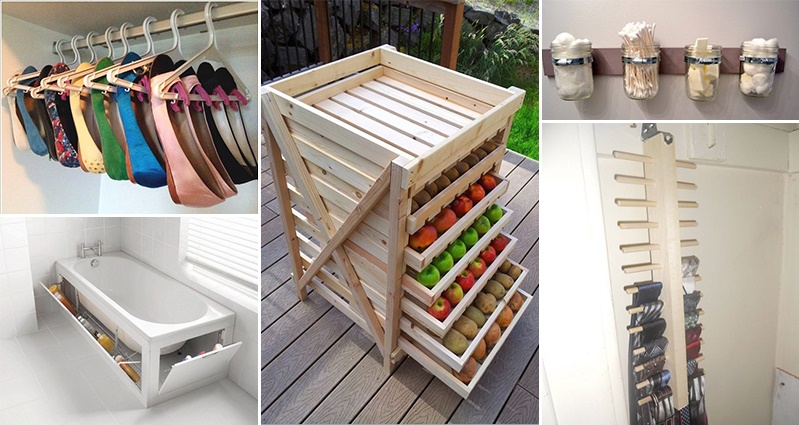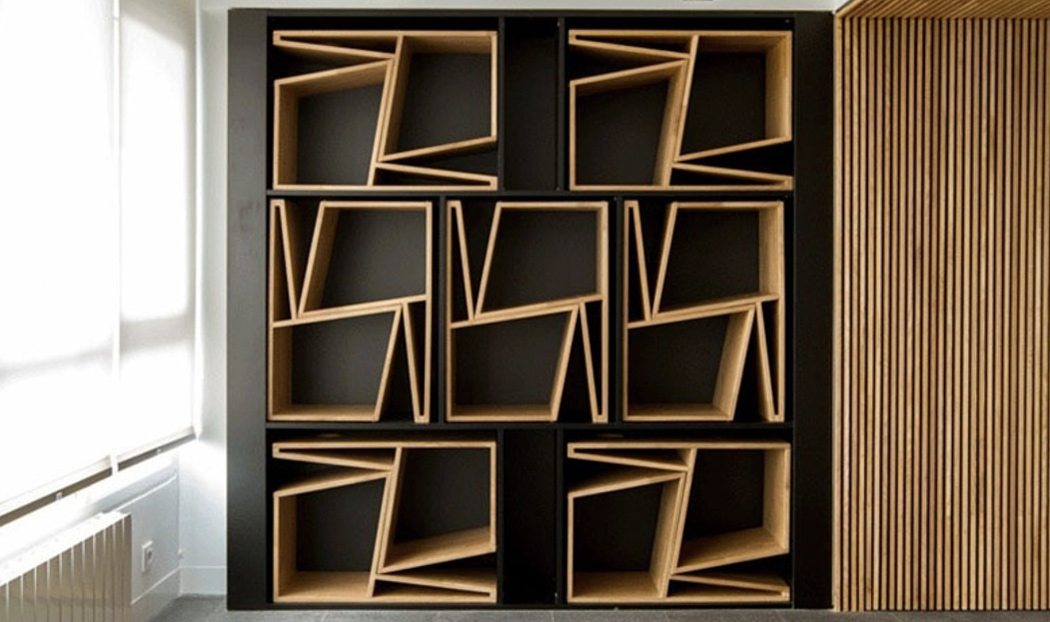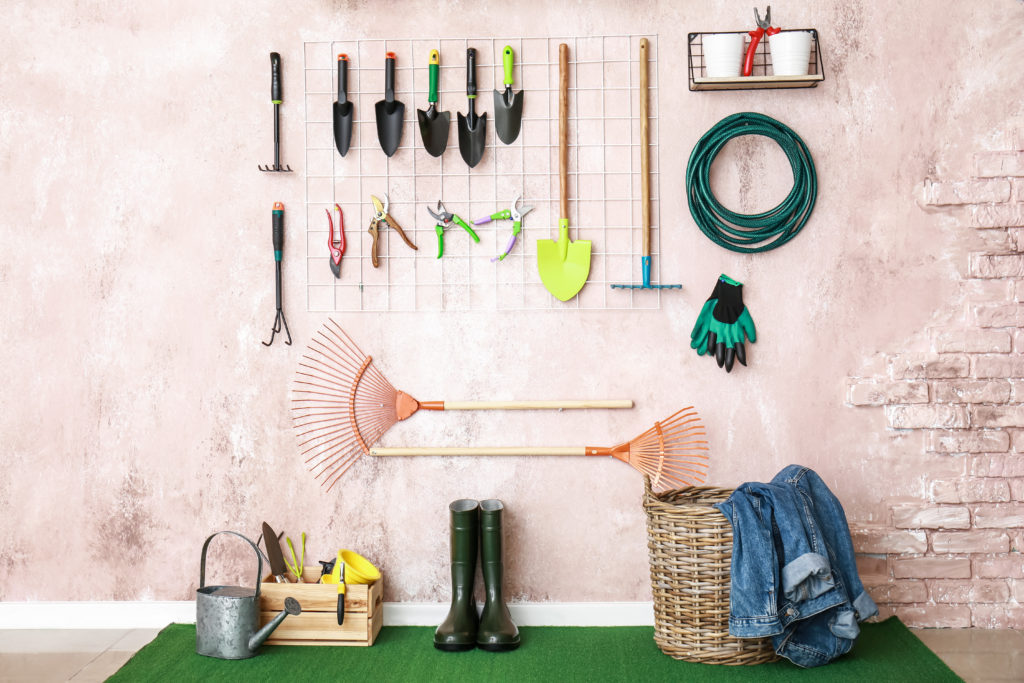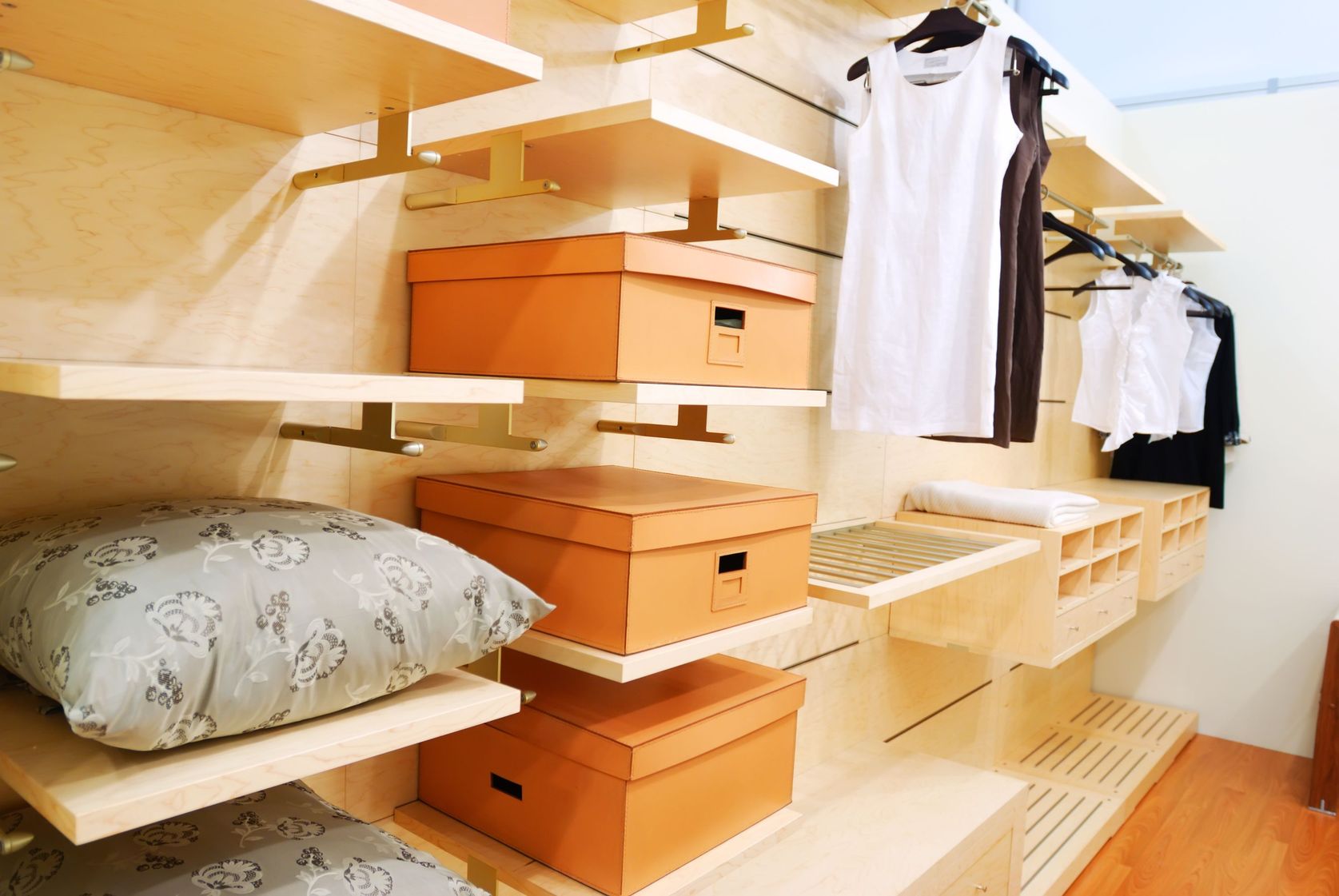Neutral color palette
When it comes to painting a small living room, using a neutral color palette can make a big difference. Light shades of white, gray, and beige can help create the illusion of a larger space by reflecting light and making the walls appear farther away. These colors also provide a blank canvas for adding pops of color through furniture and decor.
Light and airy paint colors
In addition to neutral colors, using light and airy shades can also help open up a small living room. Pastel and soft hues like light blue, lavender, and pale pink can make the room feel more spacious and inviting. These colors also work well with natural light, which can further enhance the airy feel of the space.
Accent wall ideas
For those who want to add a pop of color or pattern to their small living room, an accent wall can be the perfect solution. Bold wallpaper, geometric patterns, and dark colors can add depth and interest to the room without overwhelming the space. Just be sure to choose a wall that won't make the room feel too closed in.
Multi-functional furniture
In a small living room, it's important to make the most of the available space. This is where multi-functional furniture comes in handy. Look for pieces that can serve multiple purposes, such as a storage ottoman that can also be used as a coffee table or extra seating. This will help minimize clutter and maximize functionality in the space.
Vertical stripes
Just like wearing vertical stripes can make a person appear taller, painting vertical stripes on the walls can help create the illusion of a higher ceiling in a small living room. This simple optical illusion can make the room feel more spacious and airy. Consider using two shades of the same color for a subtle and sophisticated look.
Lighting options
Lighting can have a big impact on the overall feel of a room. In a small living room, it's important to have a good balance of natural and artificial light. Natural light can help make the space feel more open and inviting, while overhead lighting and lamps can provide necessary task and ambient lighting. Consider using dimmer switches to adjust the lighting based on the time of day and the desired mood.
Small living room layout
The layout of a small living room is crucial in making the space feel open and functional. Start by measuring the room and taking note of any architectural features, such as windows and doors. Then, consider the flow of traffic and create a furniture arrangement that allows for easy movement around the room. Scale is also important when choosing furniture, as oversized pieces can make the space feel cramped.
Maximizing natural light
We've already mentioned the importance of natural light in a small living room, but it's worth emphasizing again. The more natural light that can flow into the space, the bigger and brighter it will feel. Sheer curtains or blinds can help control the amount of light while still allowing it to filter in. And don't forget to keep windows clean to maximize the amount of light that enters the room.
Statement furniture pieces
While it's important to keep furniture to a minimum in a small living room, that doesn't mean you can't have some statement pieces. A bold-colored sofa, a unique coffee table, or a statement rug can add personality and interest to the space without overwhelming it. Just be sure to balance these pieces with more understated elements to avoid a cluttered look.
Creative storage solutions
One of the biggest challenges in a small living room is finding enough storage space for all of your belongings. Get creative with storage solutions like floating shelves, storage baskets, and hidden storage in furniture pieces. This will help keep clutter at bay and make the room feel more open and organized.
Revamp Your Small Living Room with These Creative Paint Ideas

Adding Color to Your Space
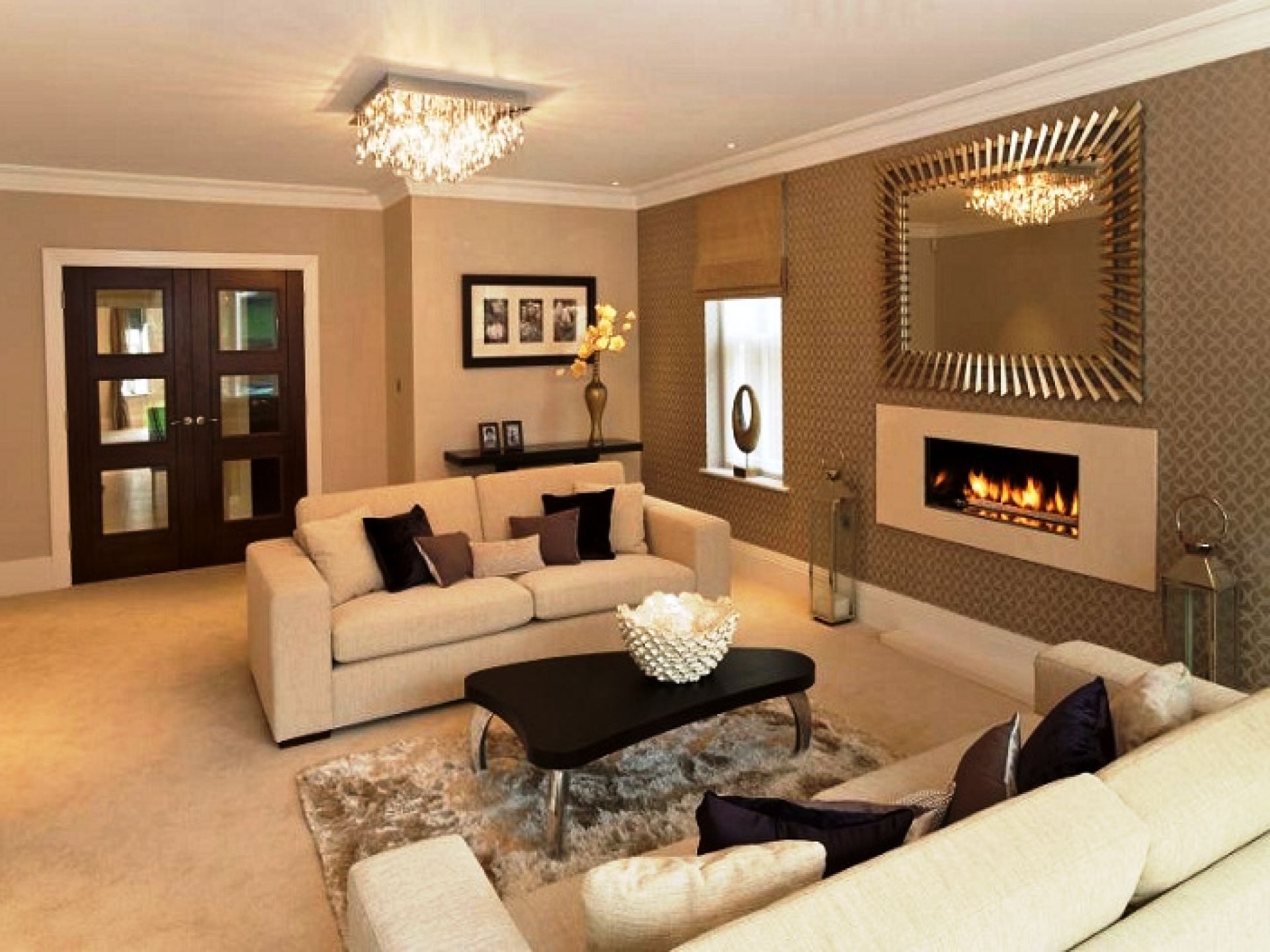 If you have a small living room, you may feel limited in terms of design and décor options. However, with the right paint colors, you can transform your space and make it feel bigger, brighter, and more inviting. In this article, we'll explore some
creative paint ideas for small living rooms
that will help you make the most out of your limited space.
If you have a small living room, you may feel limited in terms of design and décor options. However, with the right paint colors, you can transform your space and make it feel bigger, brighter, and more inviting. In this article, we'll explore some
creative paint ideas for small living rooms
that will help you make the most out of your limited space.
Opt for Lighter Shades
 When it comes to small spaces,
lighter shades
are your best friend. They reflect light and make a room feel more open and spacious. Consider painting your walls in soft pastel colors like light blue, mint green, or pale yellow. These colors not only add a touch of elegance to your living room but also create an illusion of a larger space.
When it comes to small spaces,
lighter shades
are your best friend. They reflect light and make a room feel more open and spacious. Consider painting your walls in soft pastel colors like light blue, mint green, or pale yellow. These colors not only add a touch of elegance to your living room but also create an illusion of a larger space.
Play with Contrasting Colors
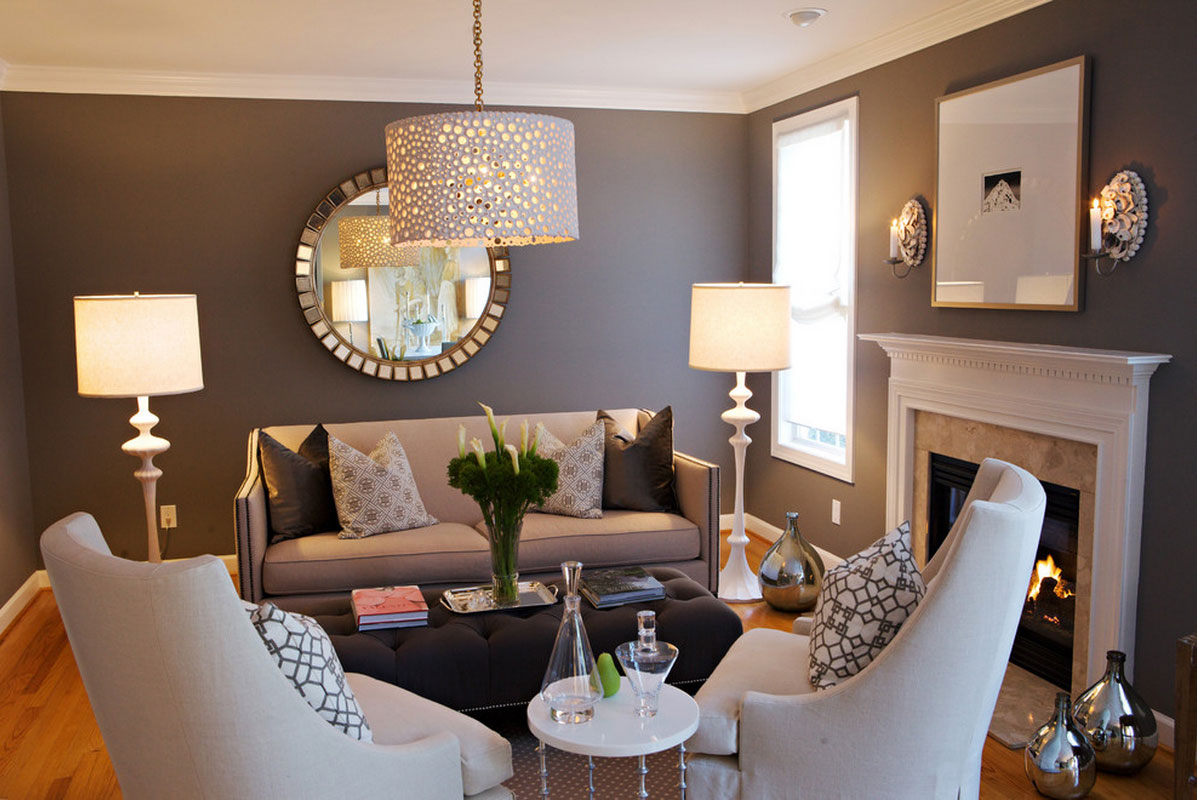 Contrasting colors can also be a great way to add depth and interest to your small living room. Choose
complementary colors
that are opposite each other on the color wheel, such as blue and orange or purple and yellow. Painting one accent wall in a bold, contrasting color can make a room feel more dynamic and visually appealing.
Contrasting colors can also be a great way to add depth and interest to your small living room. Choose
complementary colors
that are opposite each other on the color wheel, such as blue and orange or purple and yellow. Painting one accent wall in a bold, contrasting color can make a room feel more dynamic and visually appealing.
Embrace the Power of Neutrals
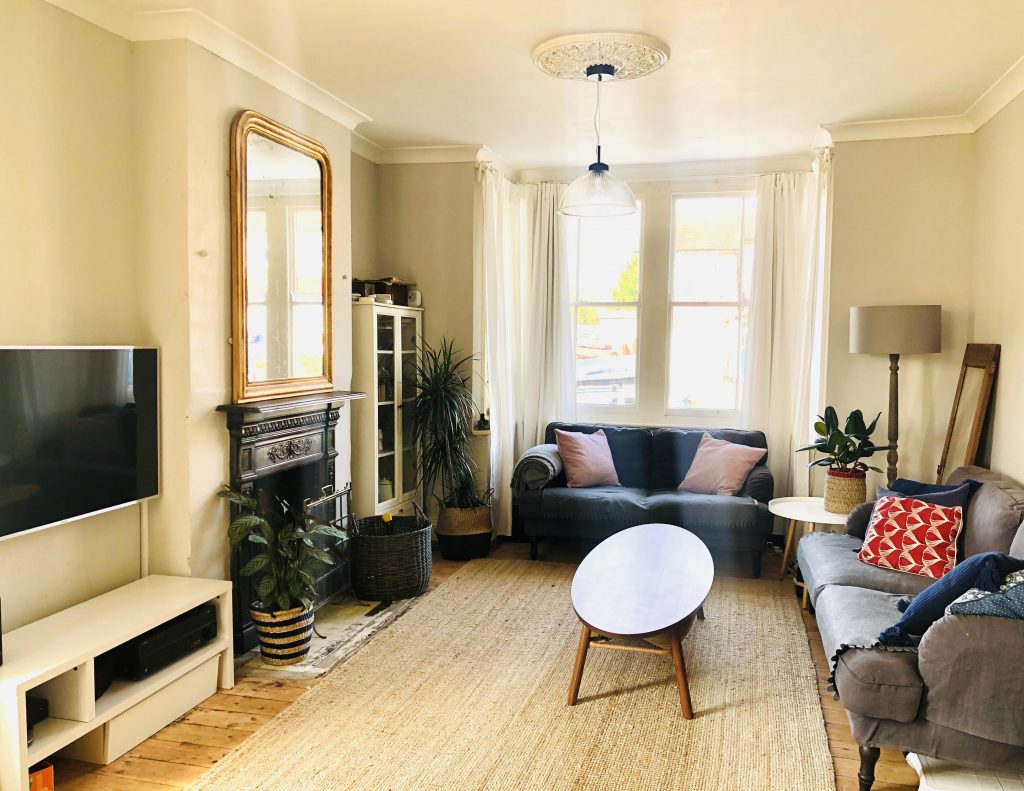 Neutrals are a classic choice for any room, but they can work wonders in a small living room. Opt for
warm neutral shades
like beige, taupe, or light gray to create a cozy and inviting atmosphere. You can also add pops of color through decorative accents like throw pillows, rugs, or artwork.
Neutrals are a classic choice for any room, but they can work wonders in a small living room. Opt for
warm neutral shades
like beige, taupe, or light gray to create a cozy and inviting atmosphere. You can also add pops of color through decorative accents like throw pillows, rugs, or artwork.
Use Stripes to Create an Illusion of Space
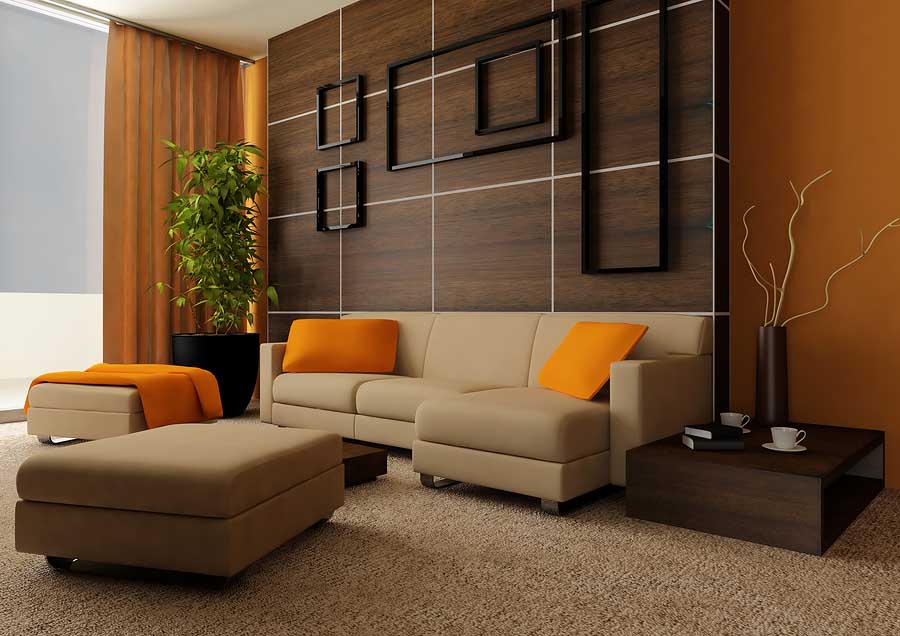 Stripes are a great way to add visual interest and create the illusion of a larger space.
Vertical stripes
can make a room feel taller, while
horizontal stripes
can make it seem wider. You can use this technique by painting one accent wall with stripes or by adding wallpaper with a striped pattern.
Stripes are a great way to add visual interest and create the illusion of a larger space.
Vertical stripes
can make a room feel taller, while
horizontal stripes
can make it seem wider. You can use this technique by painting one accent wall with stripes or by adding wallpaper with a striped pattern.
Consider a Monochromatic Color Scheme
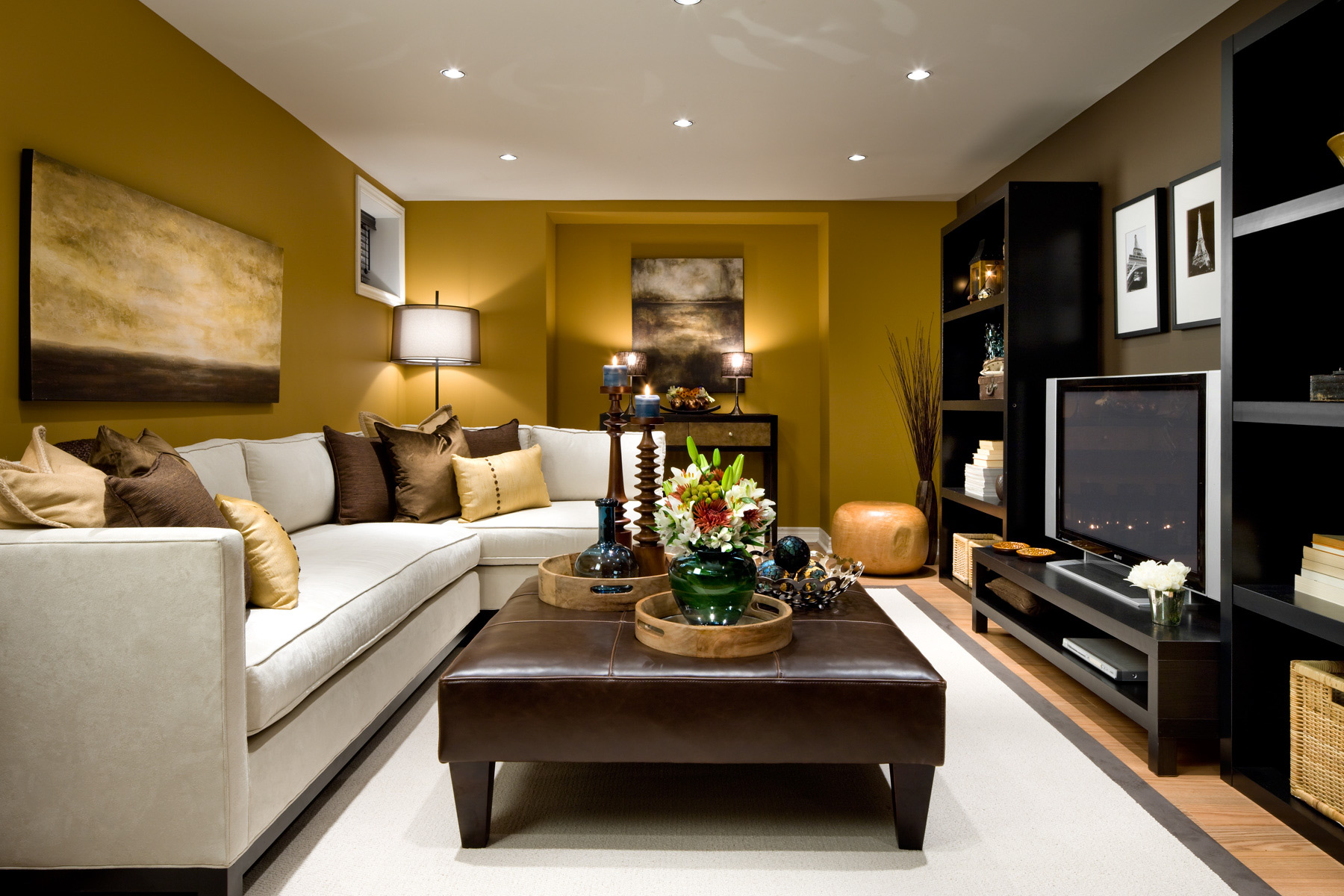 A
monochromatic color scheme
involves using different shades of the same color to create a cohesive and harmonious look. This can work well in small living rooms as it creates a seamless and uncluttered appearance. Choose a light or neutral color and use different shades of it on your walls, furniture, and décor.
A
monochromatic color scheme
involves using different shades of the same color to create a cohesive and harmonious look. This can work well in small living rooms as it creates a seamless and uncluttered appearance. Choose a light or neutral color and use different shades of it on your walls, furniture, and décor.
Final Thoughts
 In conclusion, a small living room doesn't have to limit your design options. By choosing the right paint colors, you can transform your space and make it feel bigger and more inviting. Whether you opt for lighter shades, contrasting colors, or a monochromatic color scheme, remember to have fun and let your creativity shine through. With these
paint ideas for small living rooms
, you can turn your space into a stylish and functional oasis.
In conclusion, a small living room doesn't have to limit your design options. By choosing the right paint colors, you can transform your space and make it feel bigger and more inviting. Whether you opt for lighter shades, contrasting colors, or a monochromatic color scheme, remember to have fun and let your creativity shine through. With these
paint ideas for small living rooms
, you can turn your space into a stylish and functional oasis.






:max_bytes(150000):strip_icc()/MyDomaine_ColorPalette-Neutral-1-fe9a91dcf8814904a630a0d928216bcd.jpg)
/MyDomaine_ColorPalette-Neutral-2-3590678b1c9143e28dd6b536f0a1e008.jpg)

















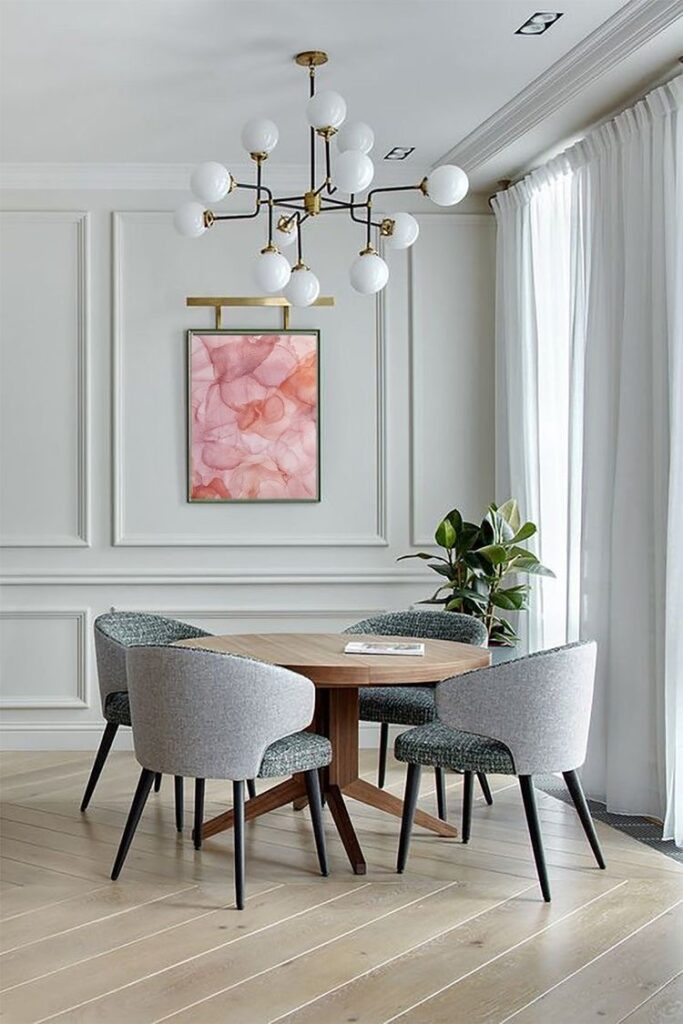


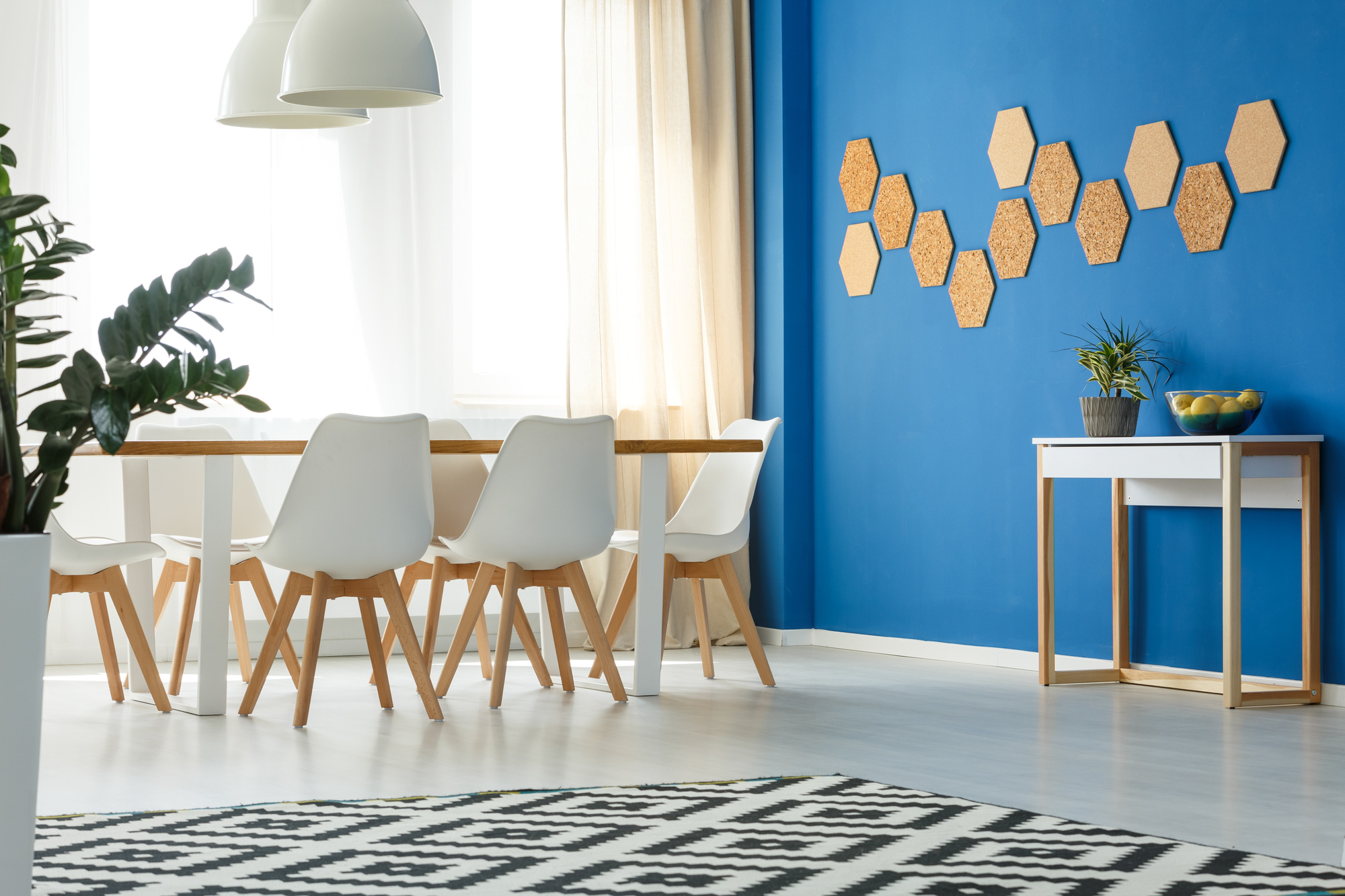
:max_bytes(150000):strip_icc()/Patterned-accent-wall-58e430043df78c5162addf0b.png)
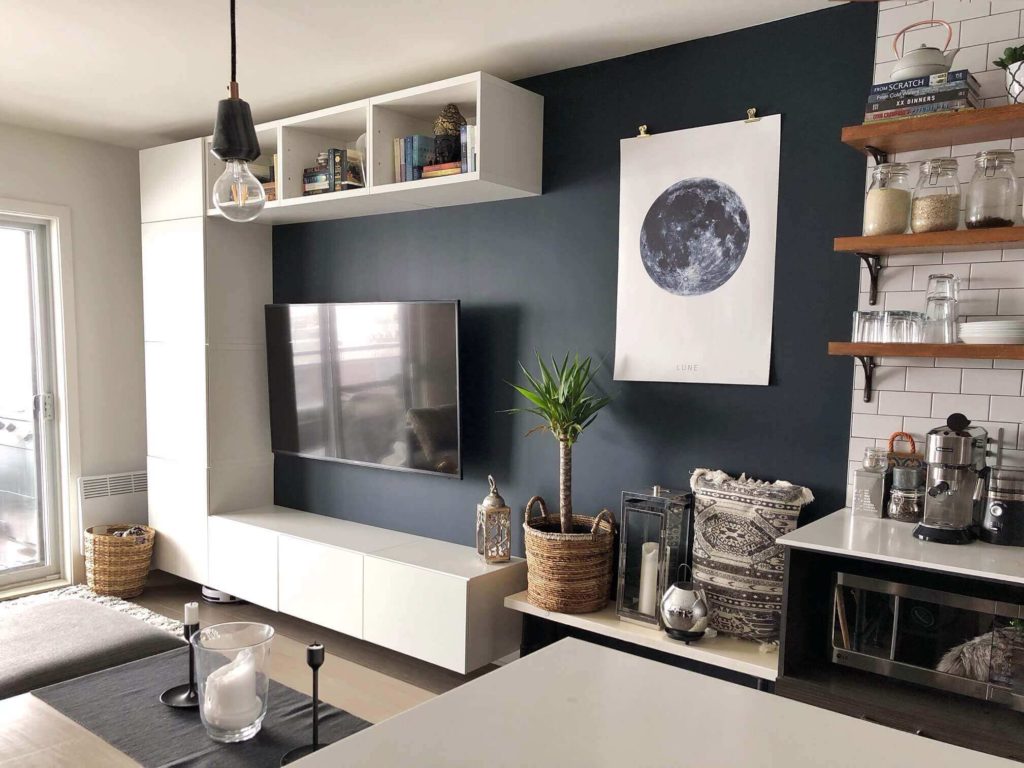

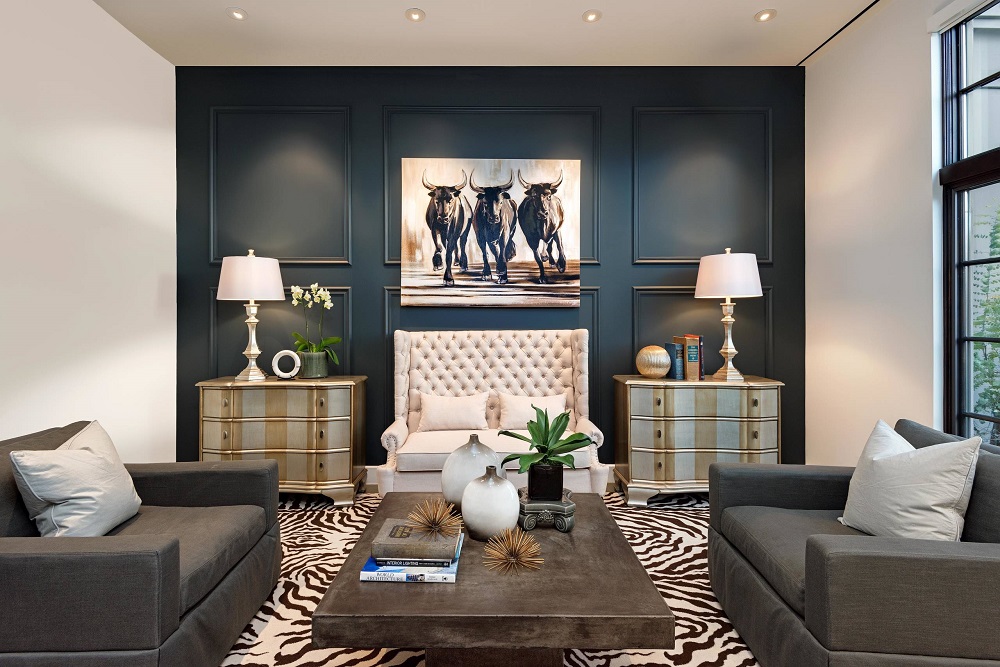
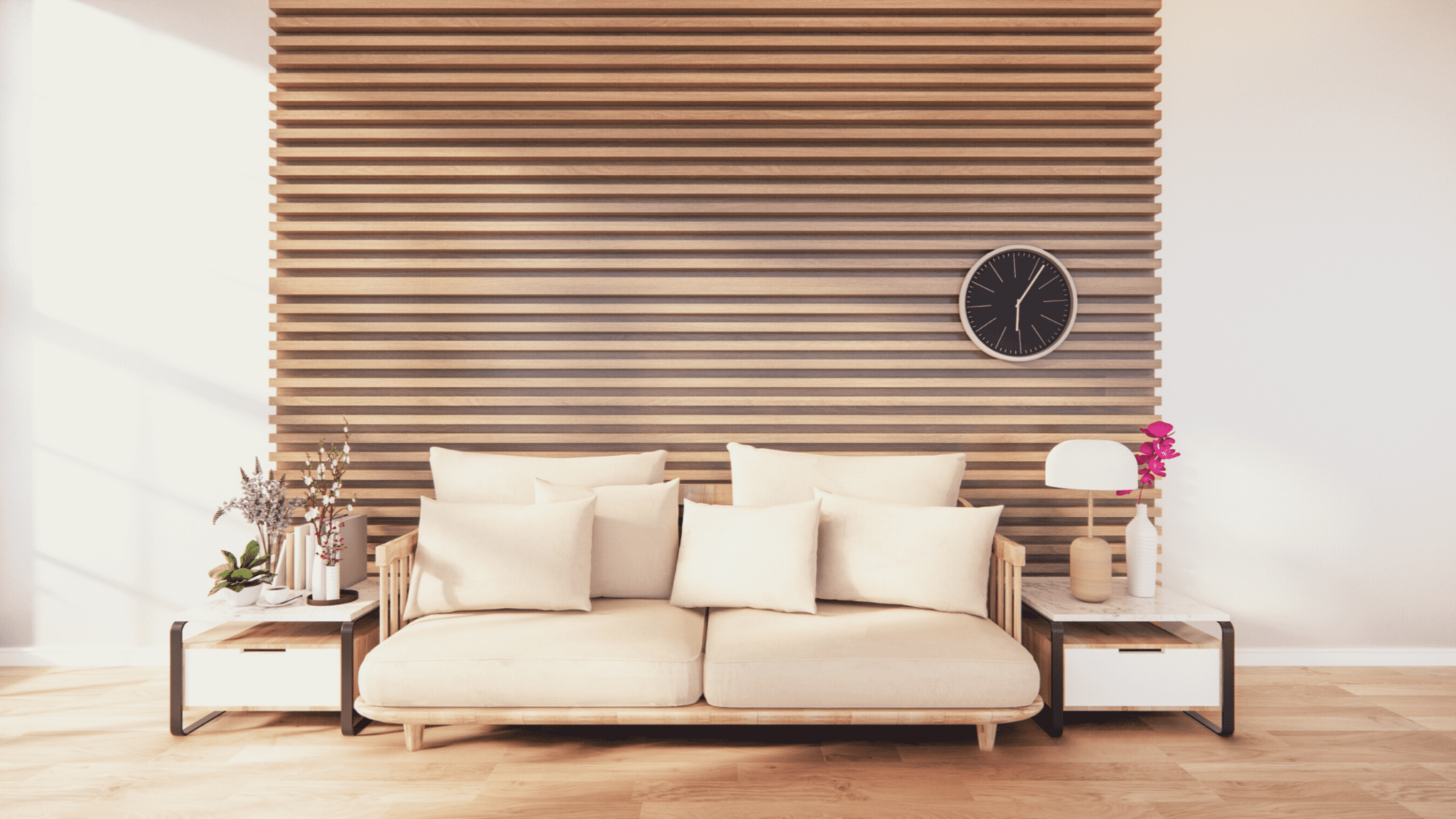

:max_bytes(150000):strip_icc()/Textured-accent-wall-58e438e25f9b58ef7e6f4ccb.png)
/accent-wall-ideas-1-56b3cb735f9b5829f82c2d18.png)
